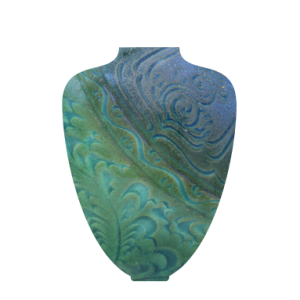Just as most people would be when taking into account the conflicts this country was going through at time, I was filled with doubts and hesitation before my trip to Pakistan last April. And yet, upon entering Hunza, a secluded valley in Northern Pakistan, alongside Gilgit-Baltistan, all these worries that had once troubled my mind were quick to disappear, leaving me with nothing but deep fascination and incredible astoundment for the majestic wilderness of this land.
Along with Peer, a born and bred Hunzakuch as my guide throughout this trip, our two-day journey was spent passing through numerous police checkpoints, as well as various areas controlled by Islamic extremist groups.
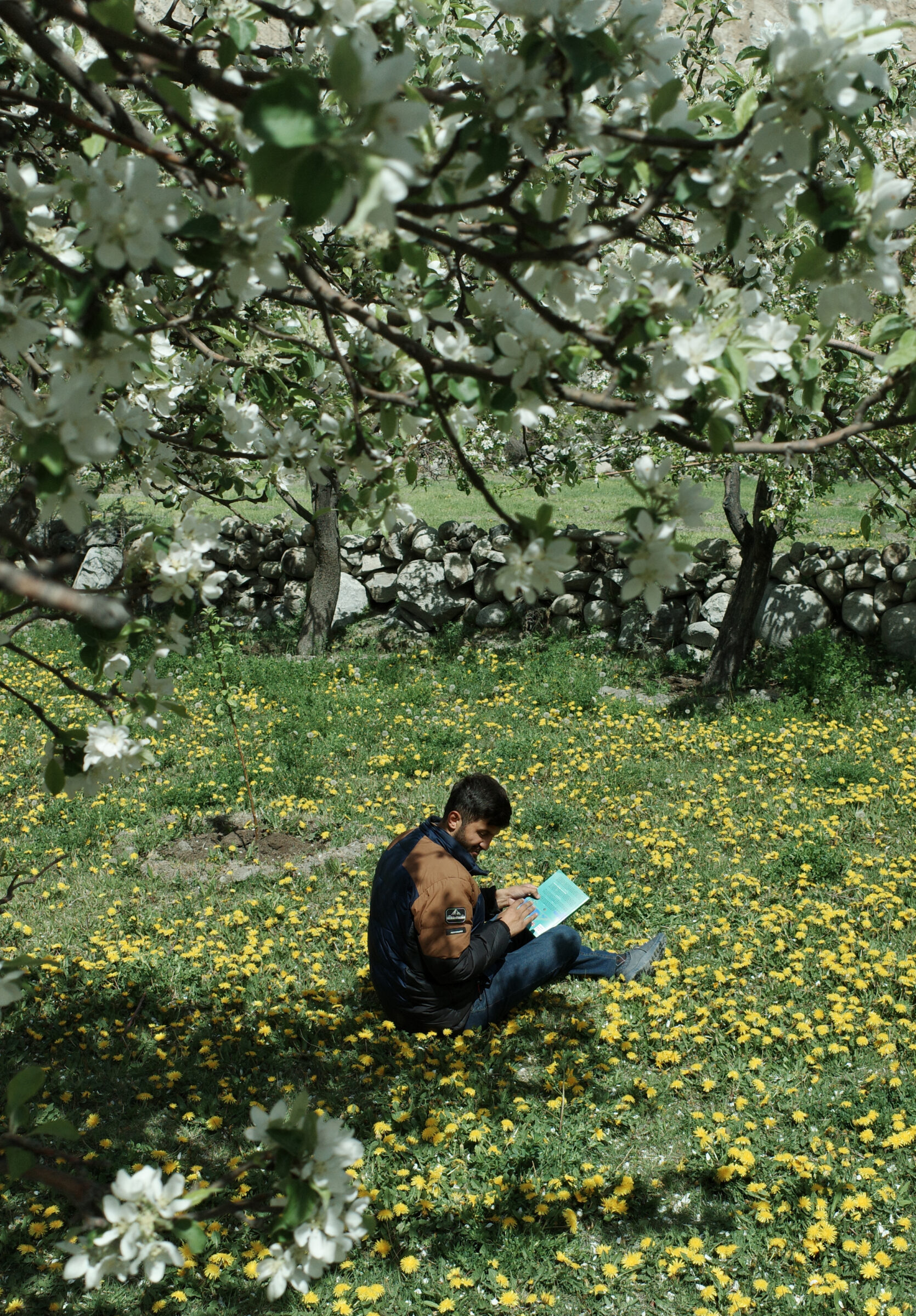
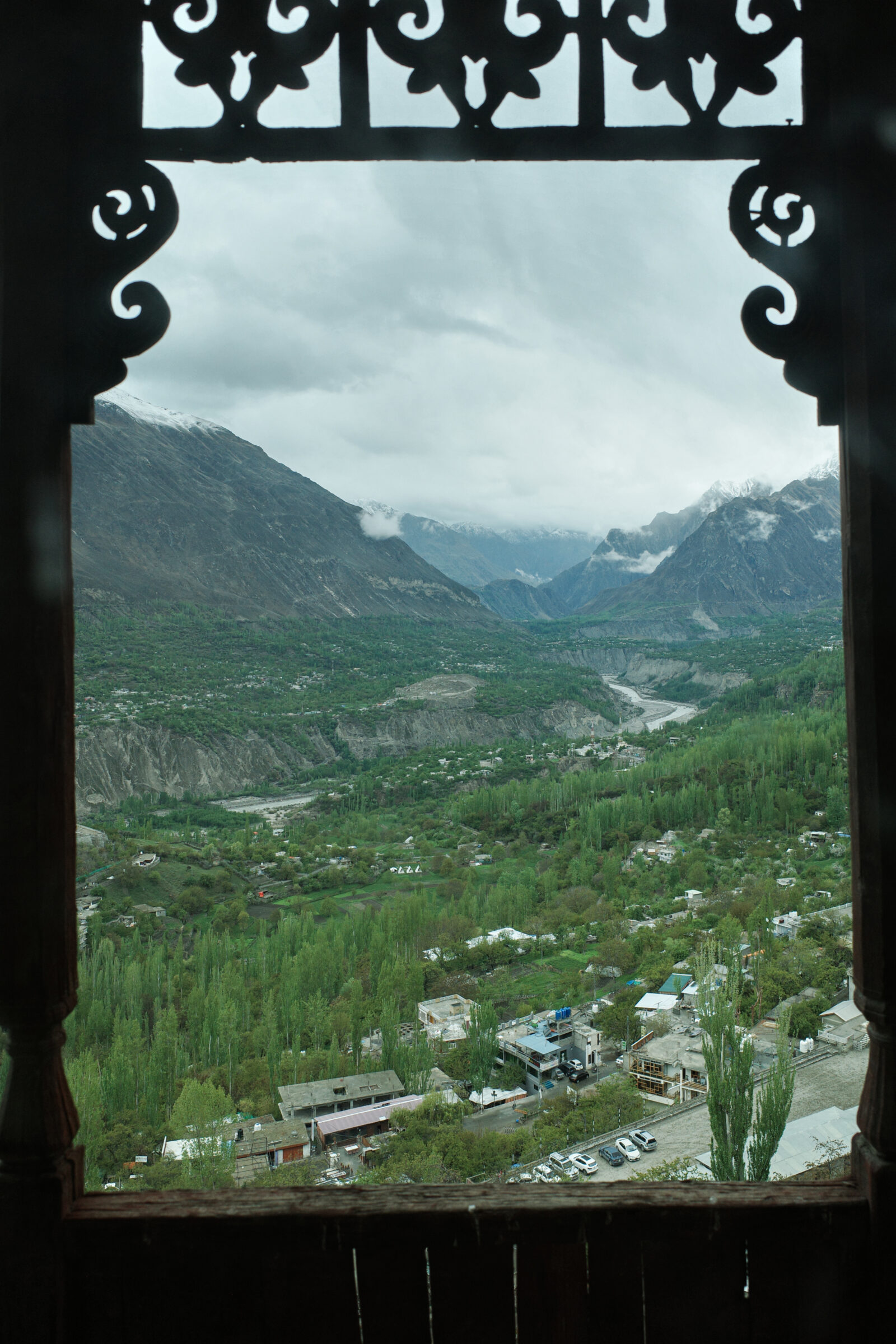
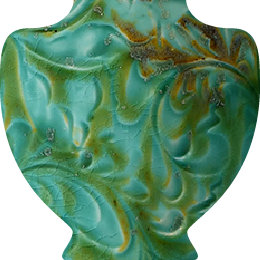
The valley is located at an altitude of roughly 2.500 metres above sea level, hidden behind layers of snow-coated peaks and cut through by a flowing river of jade. This region has its own culture, language, and ethnicity. To set foot in Hunza is to set foot in a land of historic fortresses, perennial glaciers and stupendous hospitality. Additionally, this place is also hailed as “The Valley of Eternal Youth”, thanks to the pure sources of water, clean atmosphere and the healthy lifestyle of the locals.
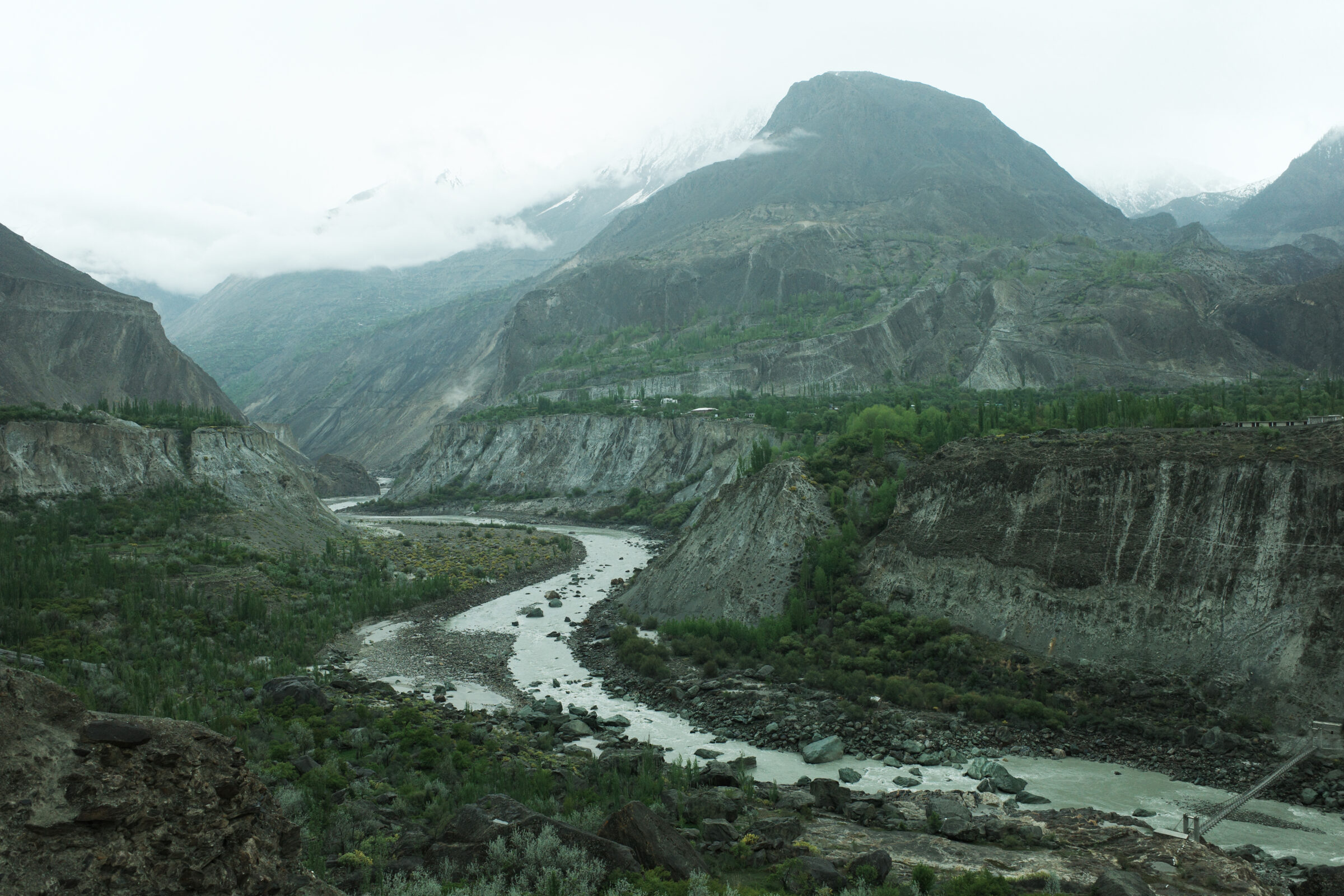
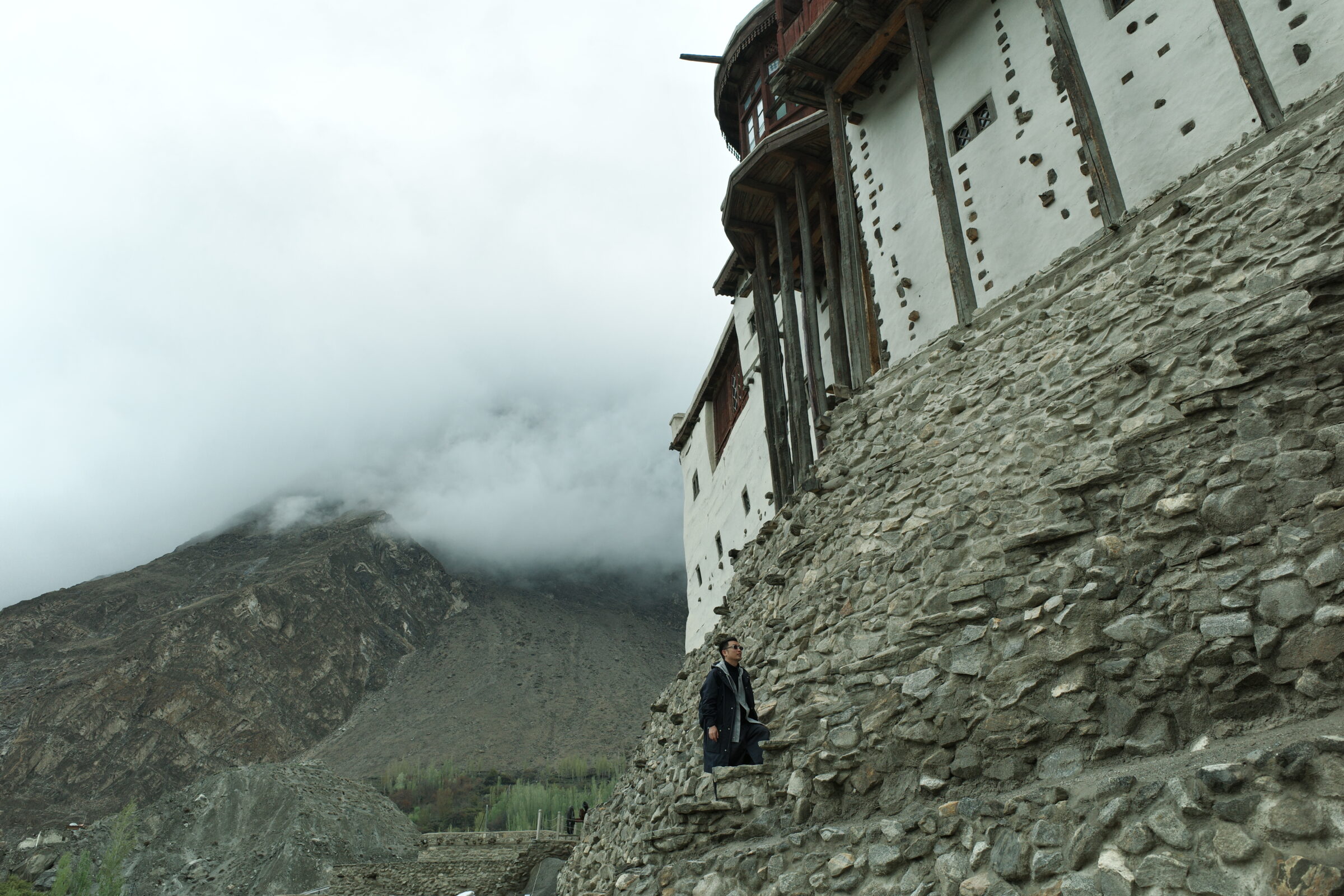
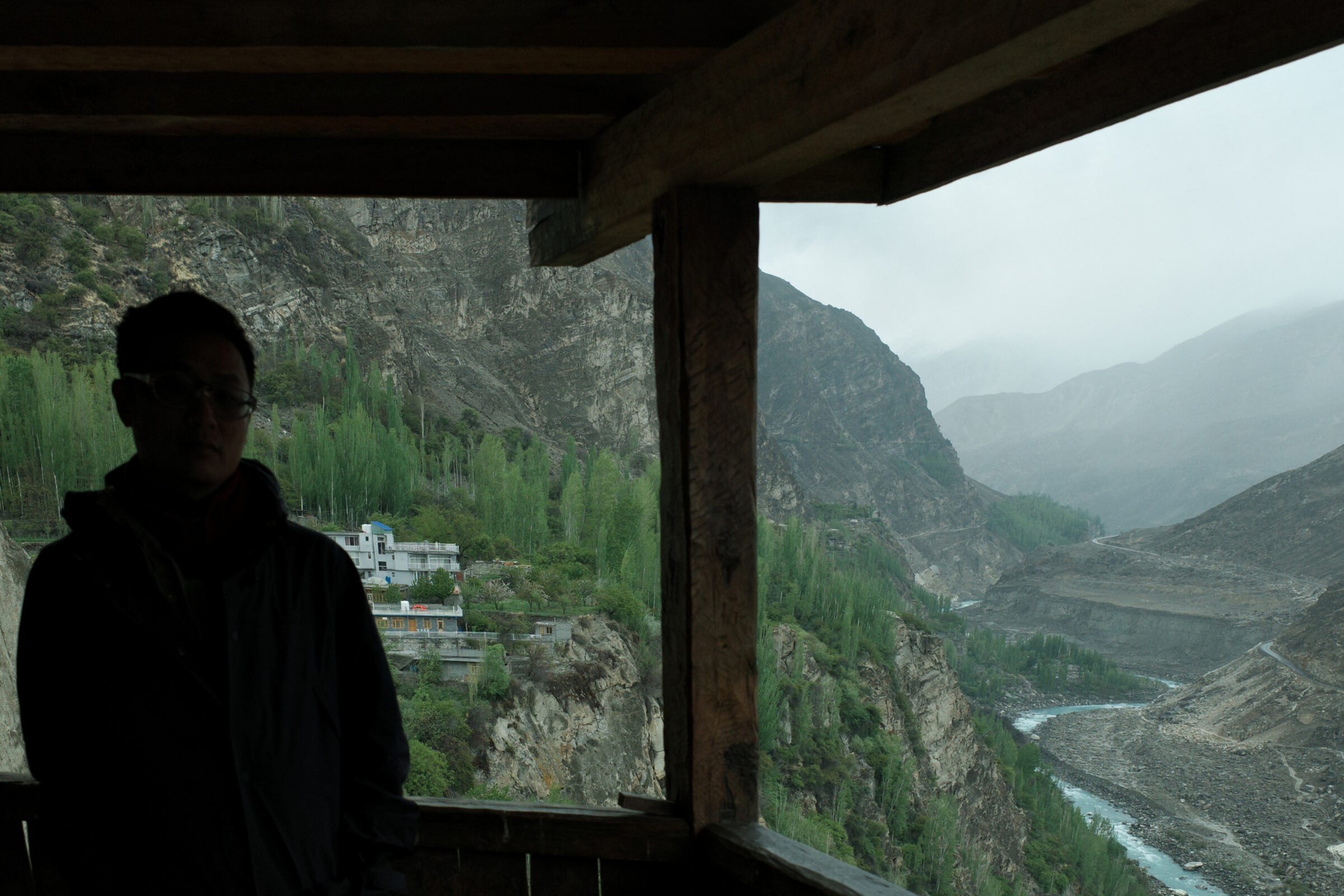
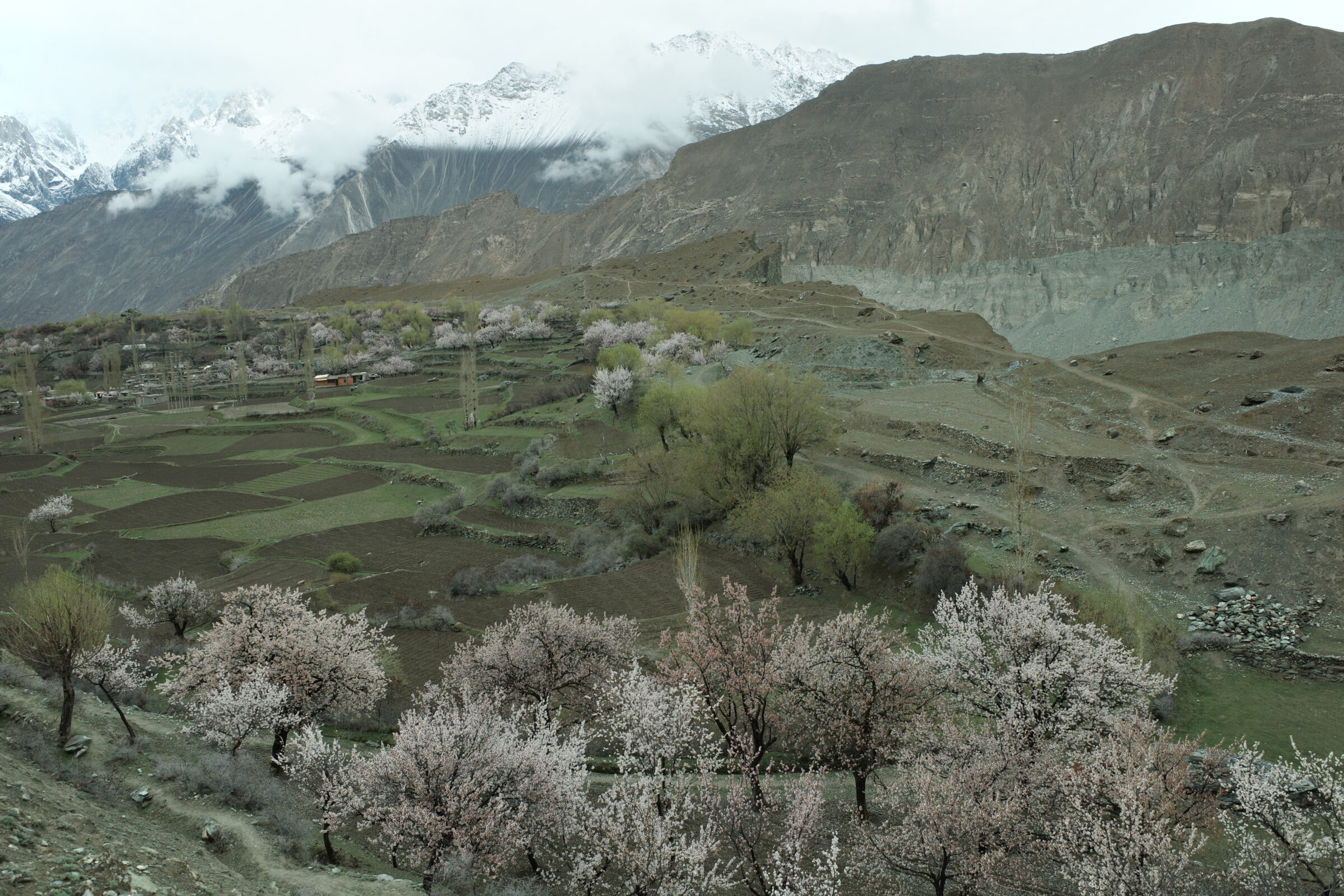
Fairy Meadows
Fairy Meadows is situated 100 km from Hunza, where the three mountain ranges of the Himalaya, Karakoram and Hindu Kush intersect. Alongside being one of the most favored mountain climbing sites in Northern Pakistan, the meadows here is also the ideal spot to overlook Nanga Parbat, the ninth tallest mountain in the world.
I was a bit concerned to know that it would take a two-hour-long jeep ride on the second most dangerous path in the world to arrive at Fairy Meadows. That road steeply twists and turns, with its one side being the mountain cliffs and the other a seemingly bottomless abyss, which doubtless gave me quite a fright. Peer reassured me that there were only 100 drivers in the world licensed to drive on this track, so of course they would have to be extremely well-versed with the obstacles on this perilous road.
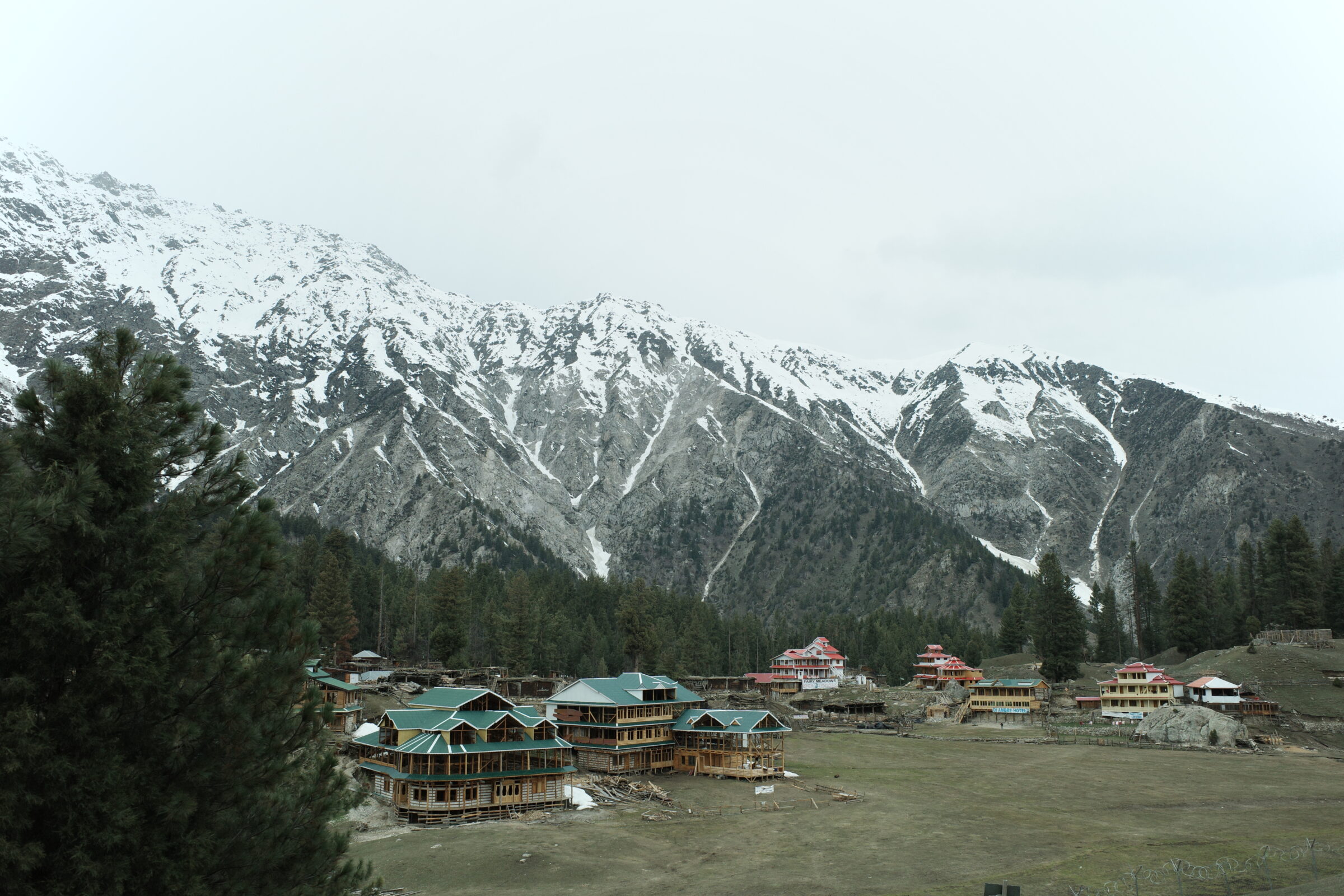
As I continue my journey to Fairy Meadow, I decided to join Sher Ullah, the horse rider and his stead Badal when Peer saw fit to finish the next portion of the course on foot (research regarding the residents of Hunza has shown high mobility to be key to their longevity and good health). During that two-hour horse ride, I had the chance to marvel at the natural beauty of my surroundings, as well as listening to the tales of Sher Ullah. At 20 years old, he dreams of building his own horse staple and exploring the world. Perhaps that is why his horse is named “Badal”, meaning “change” in Urdu.

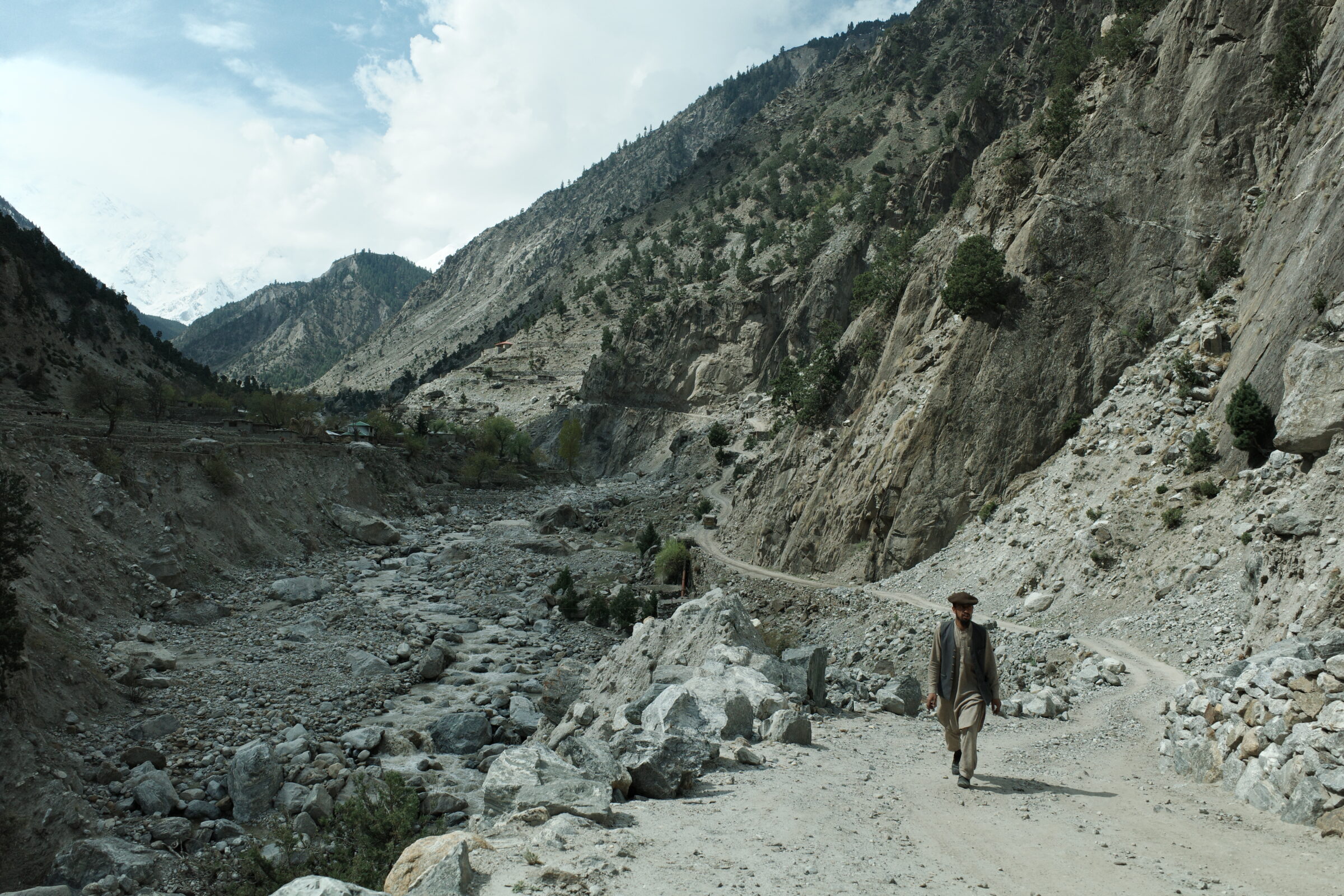
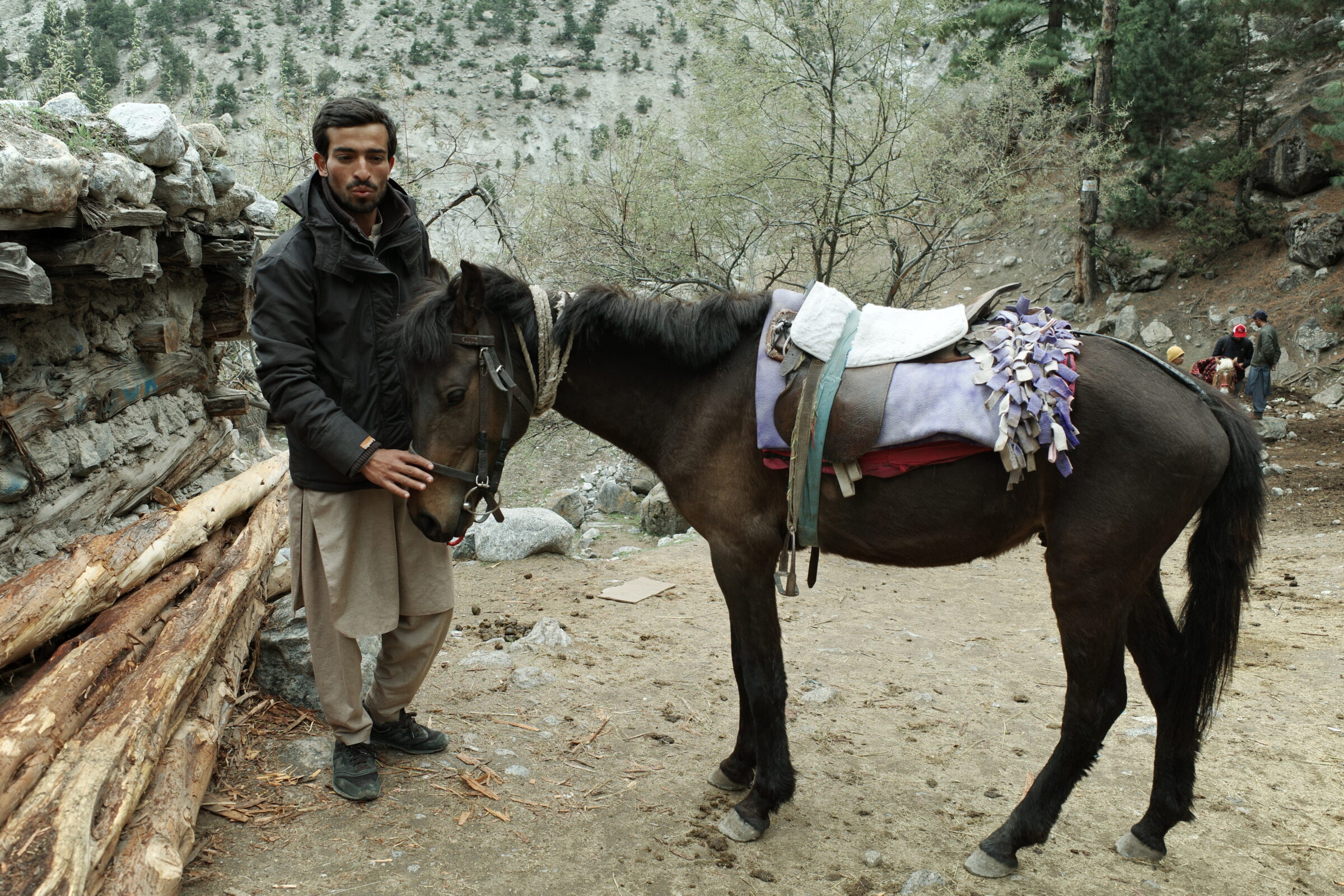
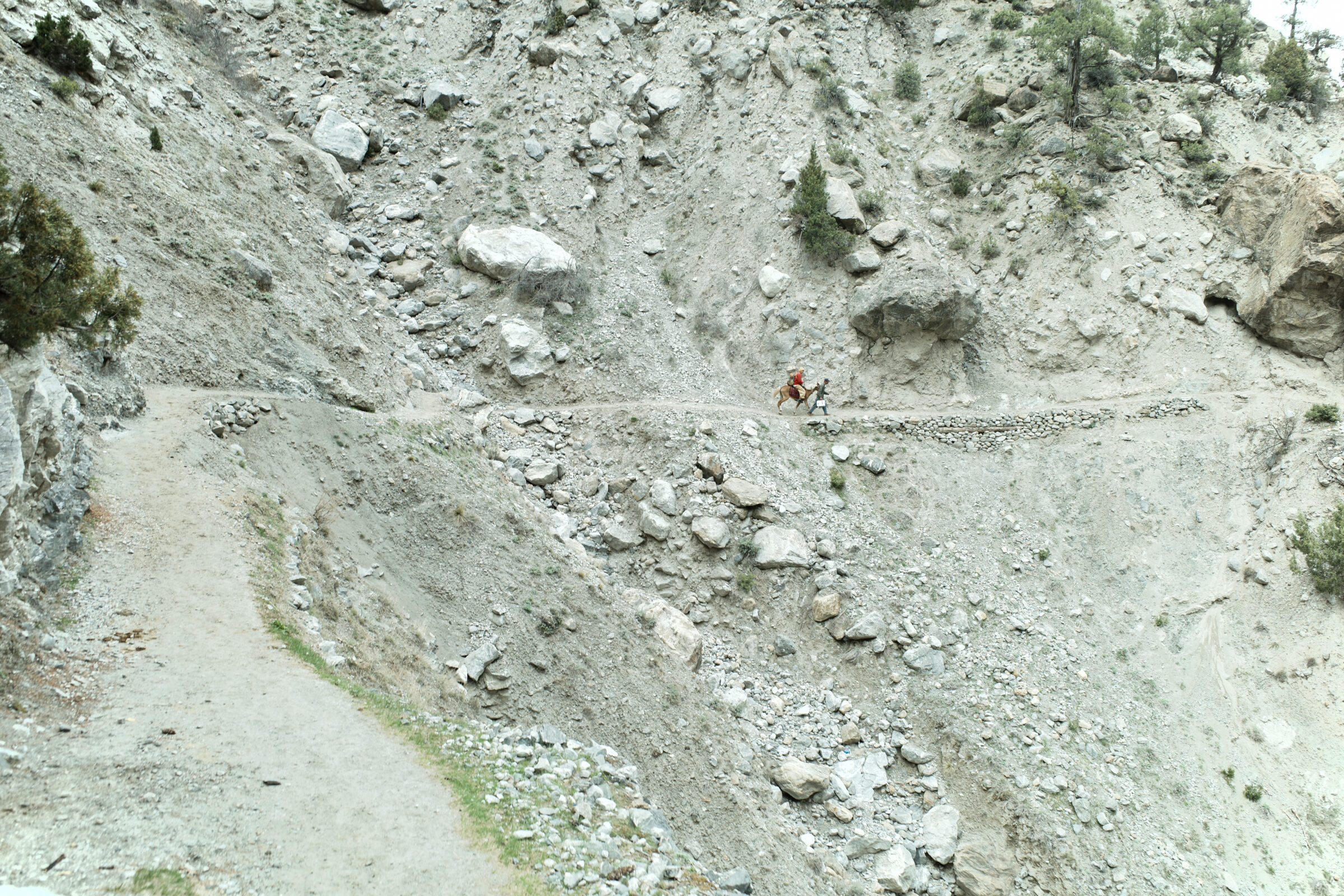
During my stay at Fairy Meadows, whether inside the plain wooden accommodations, strolling through the pine forest, beholding the Nanga Parbat peak, or just sipping coffee and chatting with the locals, I could feel a deep sense of serenity, almost as if time had ceased to move in this place.

The Prenential Glaciers
According to statistics, Pakistan has over 7.500 glaciers, more than anywhere in the world, apart from the North and South Poles. Of the thousands of glaciers, the black glacier of Hopper and the white glacier of Passu are easily the most exotic tourist attractions. Our long walk past the mountains to gaze upon these grandiose frozen rivers and feel the coursing ground water under their ice caps was an experience I could never forget. Since his childhood, Peer has had many exploits exploring the region’s glaciers. In his enthusiastic retelling, it took two hours to overcome Passu and reach the meadows on the other side, including Patundas and Green Meadows. Although the road to these destinations may be incredibly treacherous, their tradeoffs is that you get to marvel at the view of over 15 mountain peaks with elevation at 6000m over. It would not be far-fetched to say the rivers and the summits here have left a deep imprint in my memory.
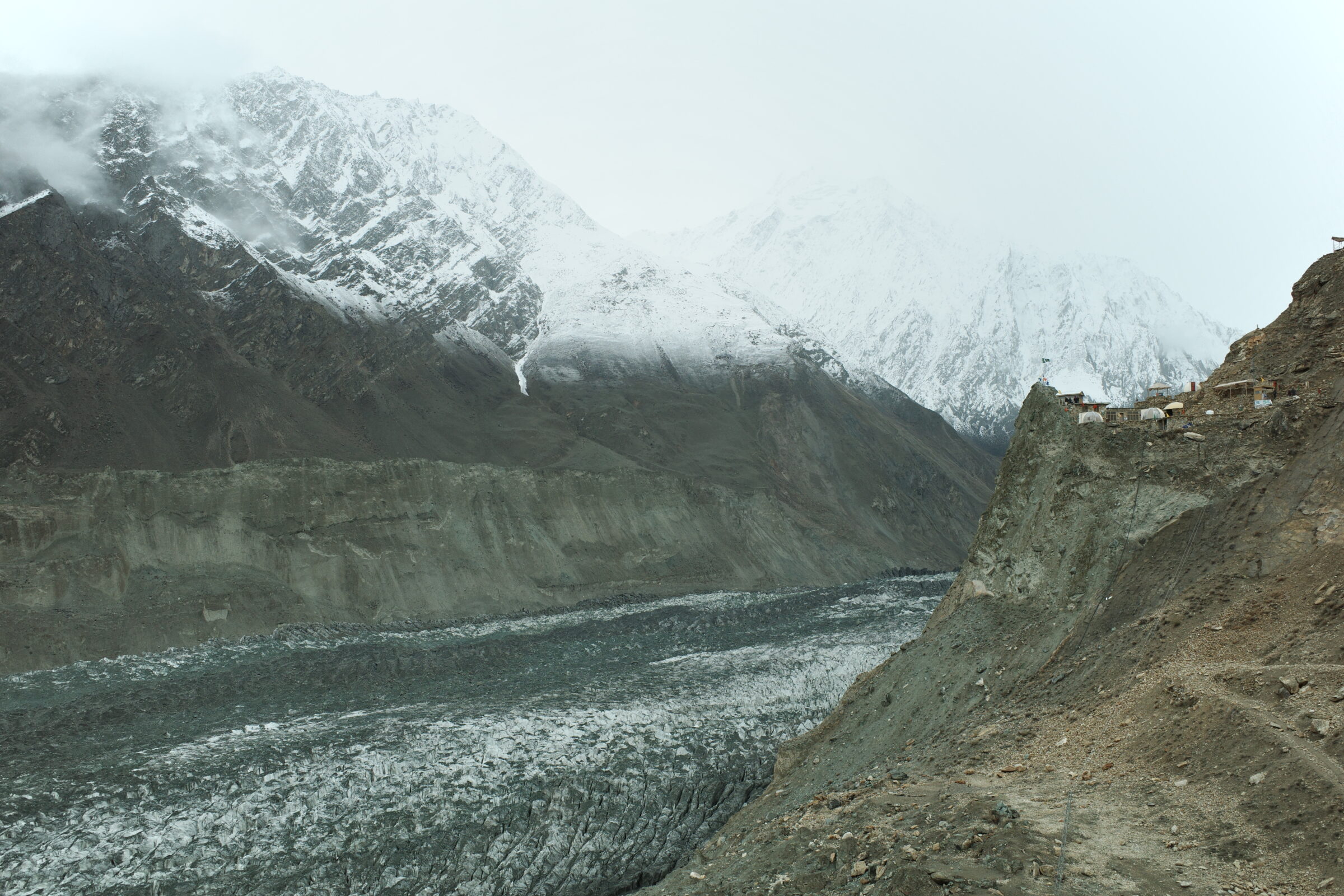
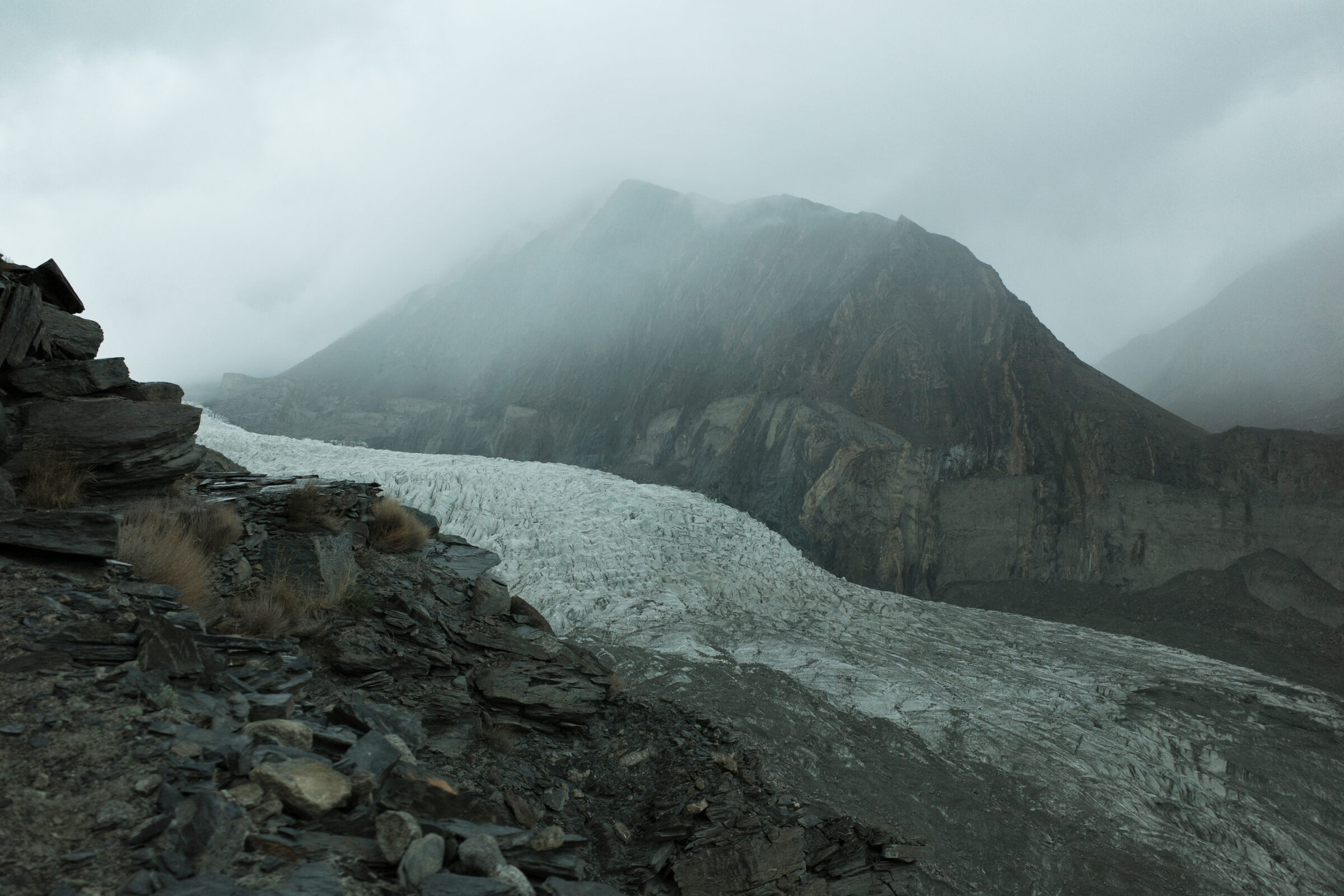
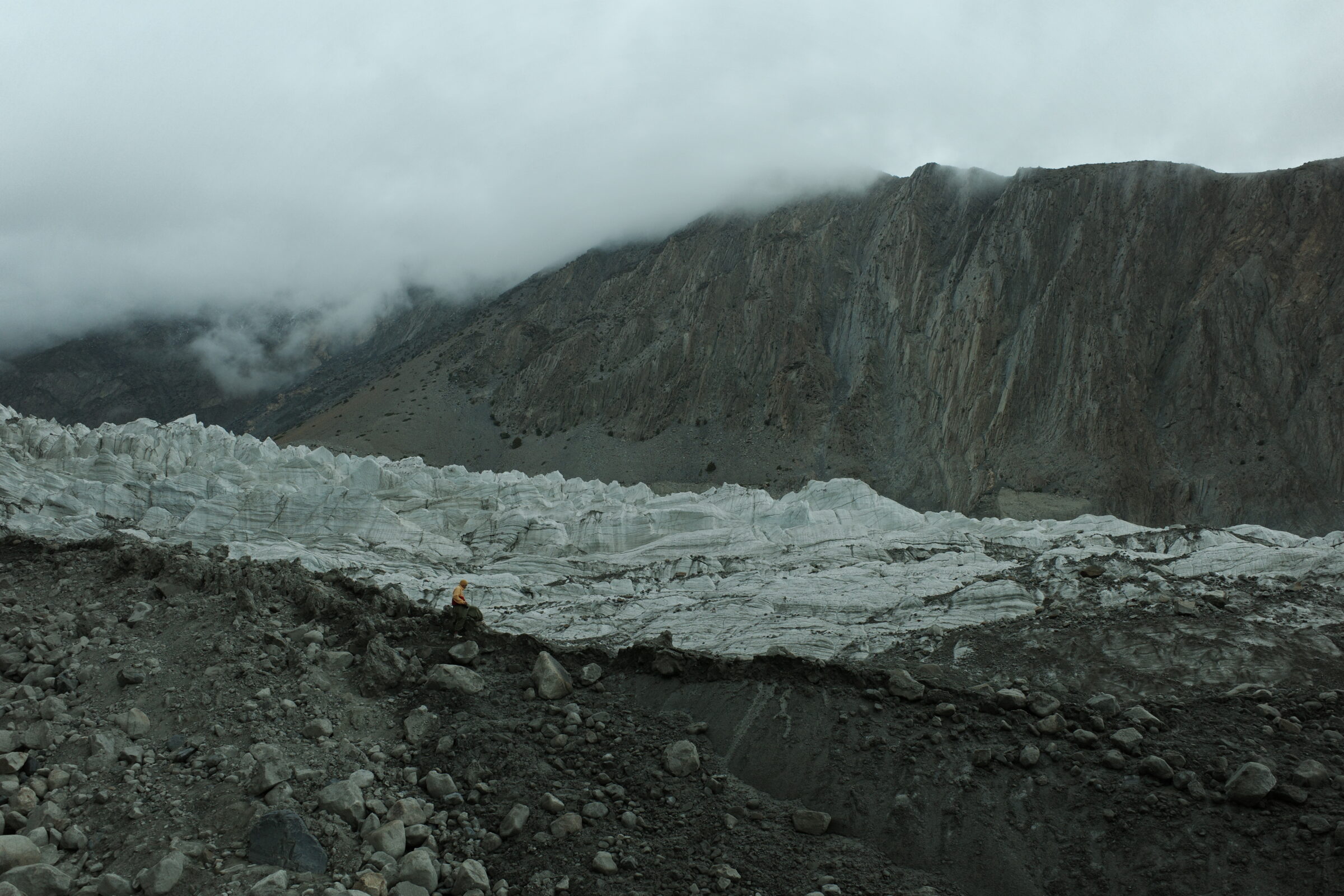
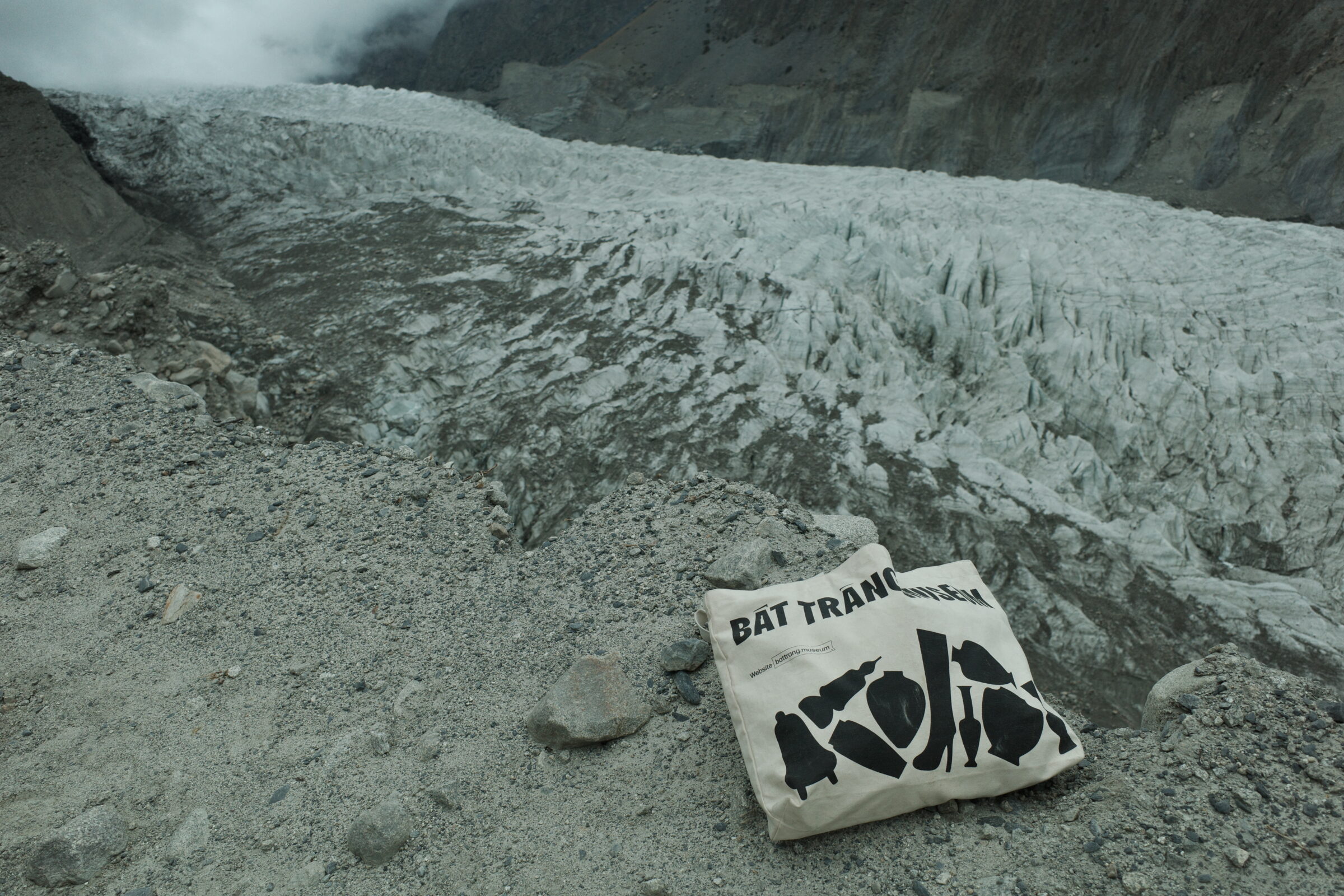
The Fortresses of Solitude
Surrounded by majestic nature, Altit and Baltit Fort are two of the most prized constructions of Hunza. Altit has been in existence since the eleventh century with its unique structure characterized by Hunza and Tibetan cultures. As for Baltit Fort, it was built during the eighth century, with Buddhist influence in its architecture, notably featuring intricate lotus-like carvings. In 2004, Baltit was recognized by UNESCO as a World Heritage site.
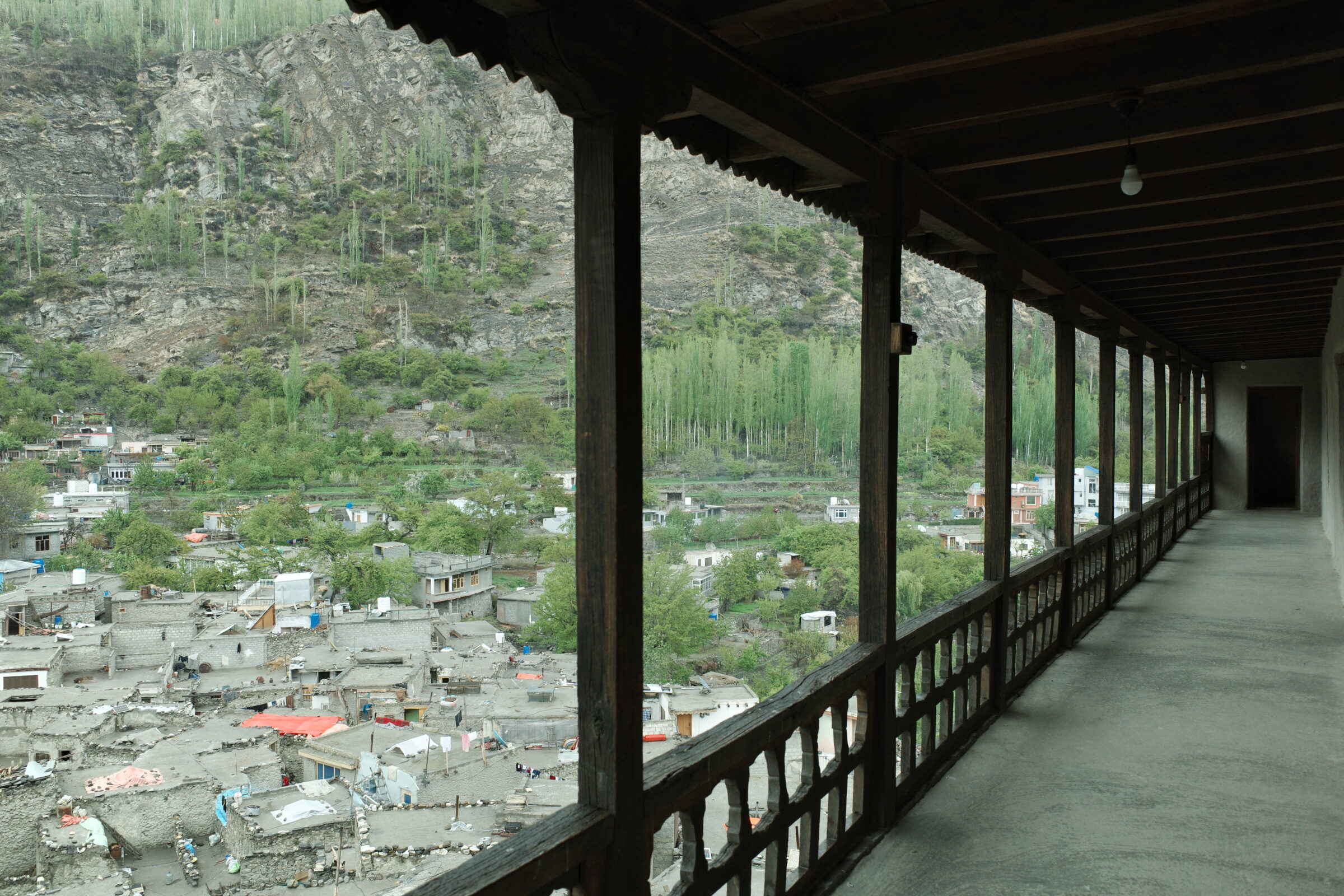
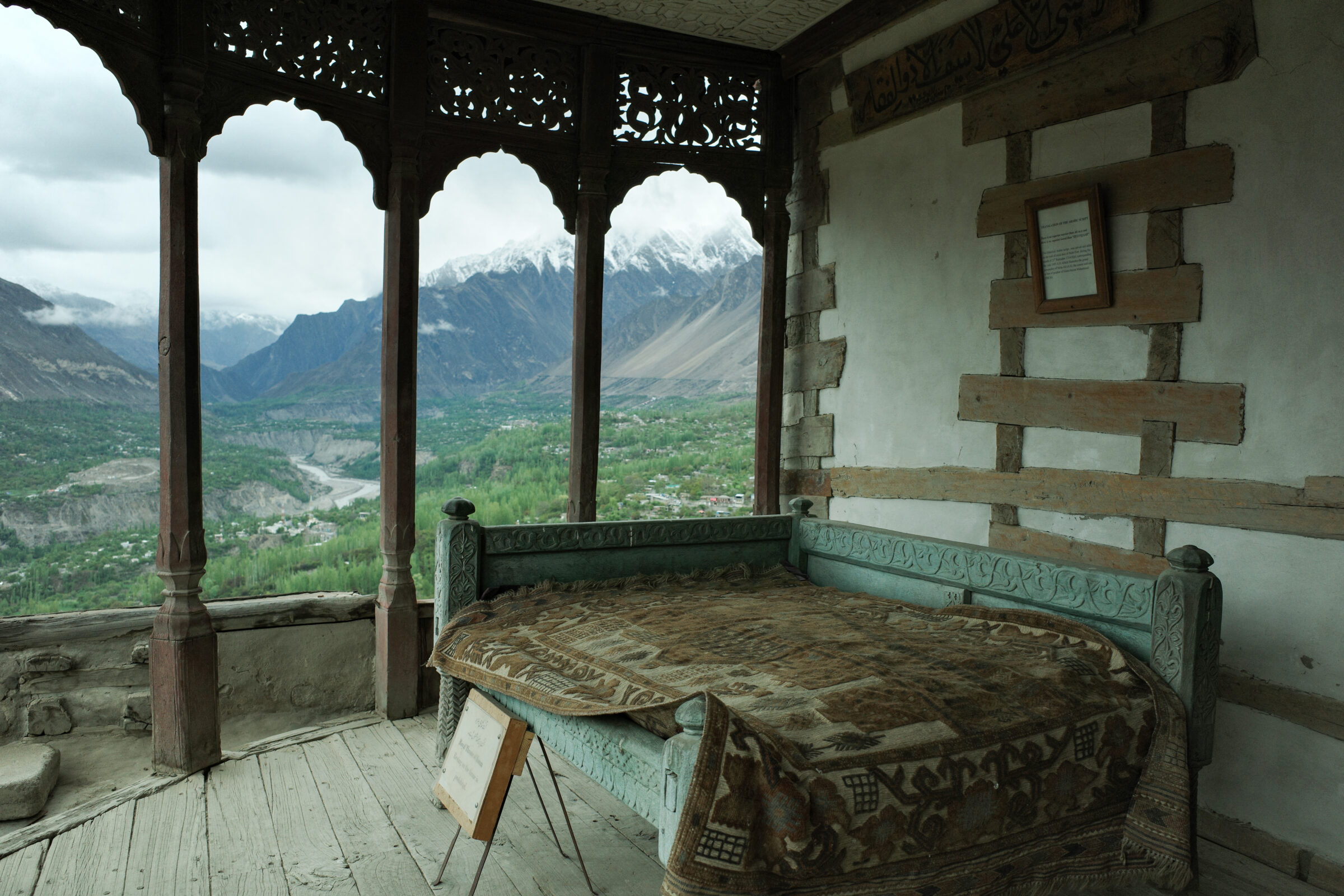
The Villages Hidden behind the Mountains
Hiding behind the majestic mountain ranges of Hunza are 20 tranquil villages. Noteworthy of which is Passu, famous for its picturesque sceneries, including the prized Passu Cones, the festive town of Gulmit and Eagle’s Nest – the highest viewpoint of the valley, from which one can see all of the renowned surrounding summits in their entirety, such as Rakaposhi, Lady Finger or Golden Peak. Another noteworthy attraction of these villages is the bridge that connects Zarabad and Hussaini, which is also the world’s second largest suspension bridge with its length reaching 200m. Furthermore, as the season changes, so do the villages of Hunza, each undergoes a magical metamorphosis according to the blooming of flowers. As the blossoms of Hunza stretch along the side of the mountains, this place transforms into a paradise on Earth, subliminally beautiful and indescribable with words.
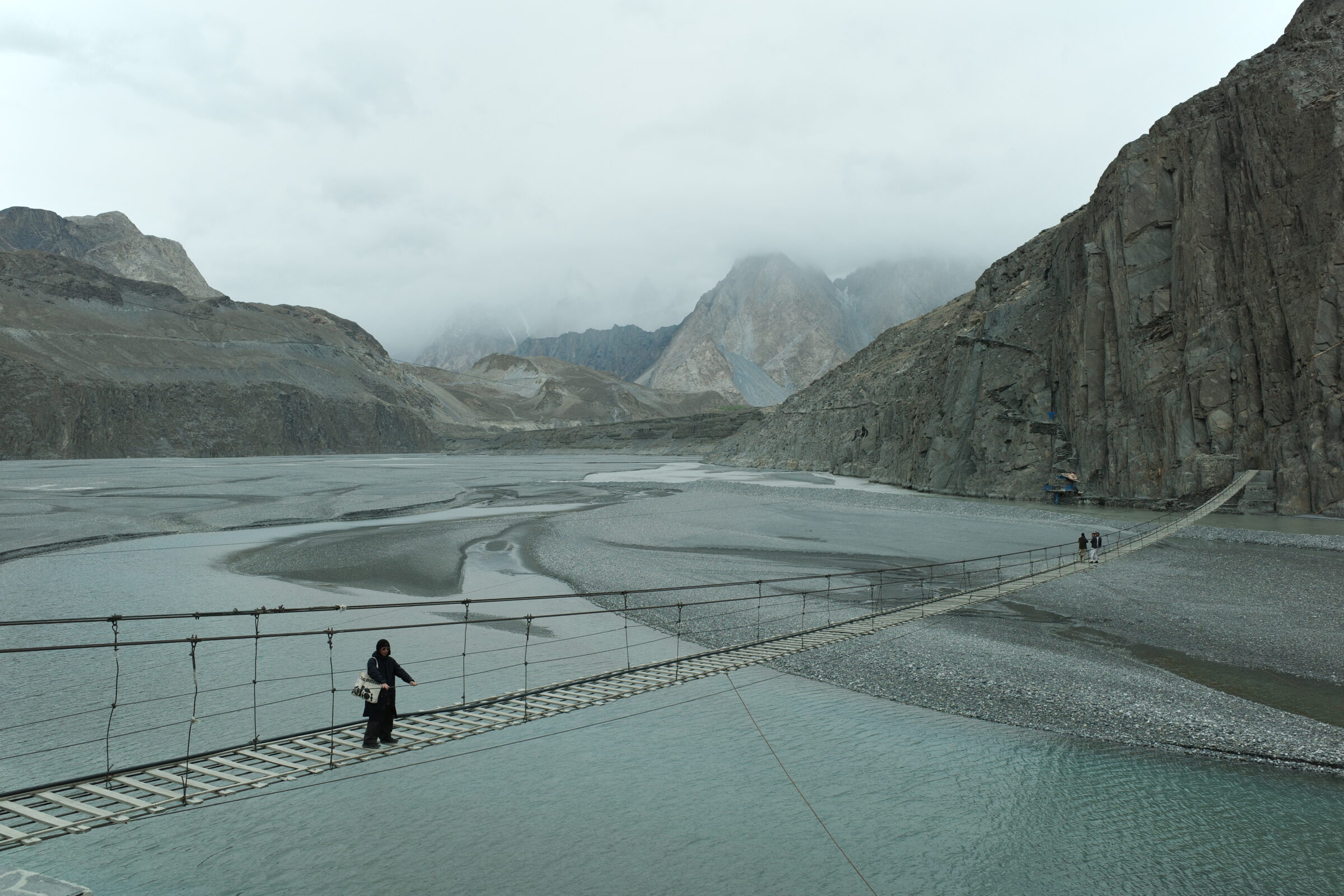

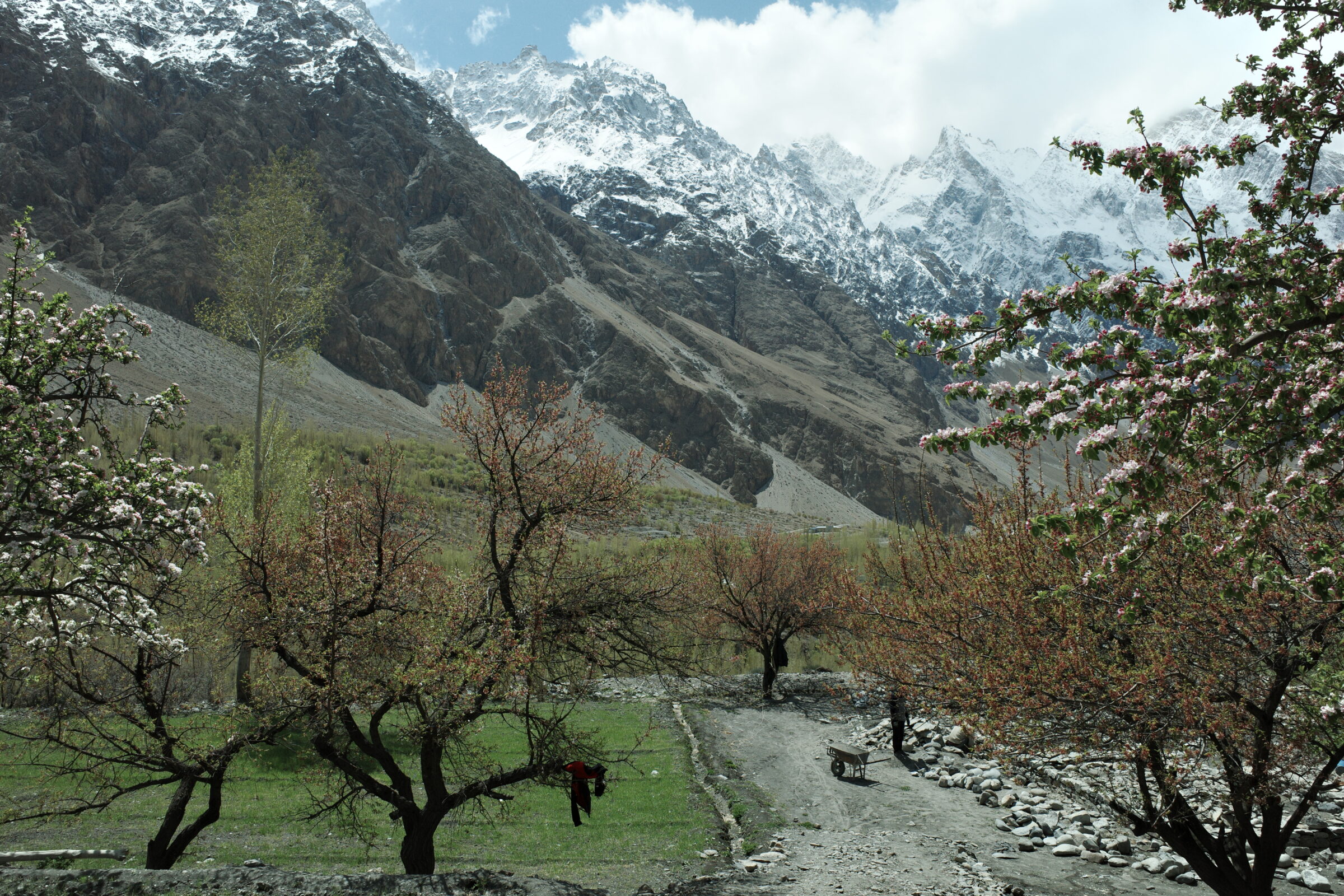
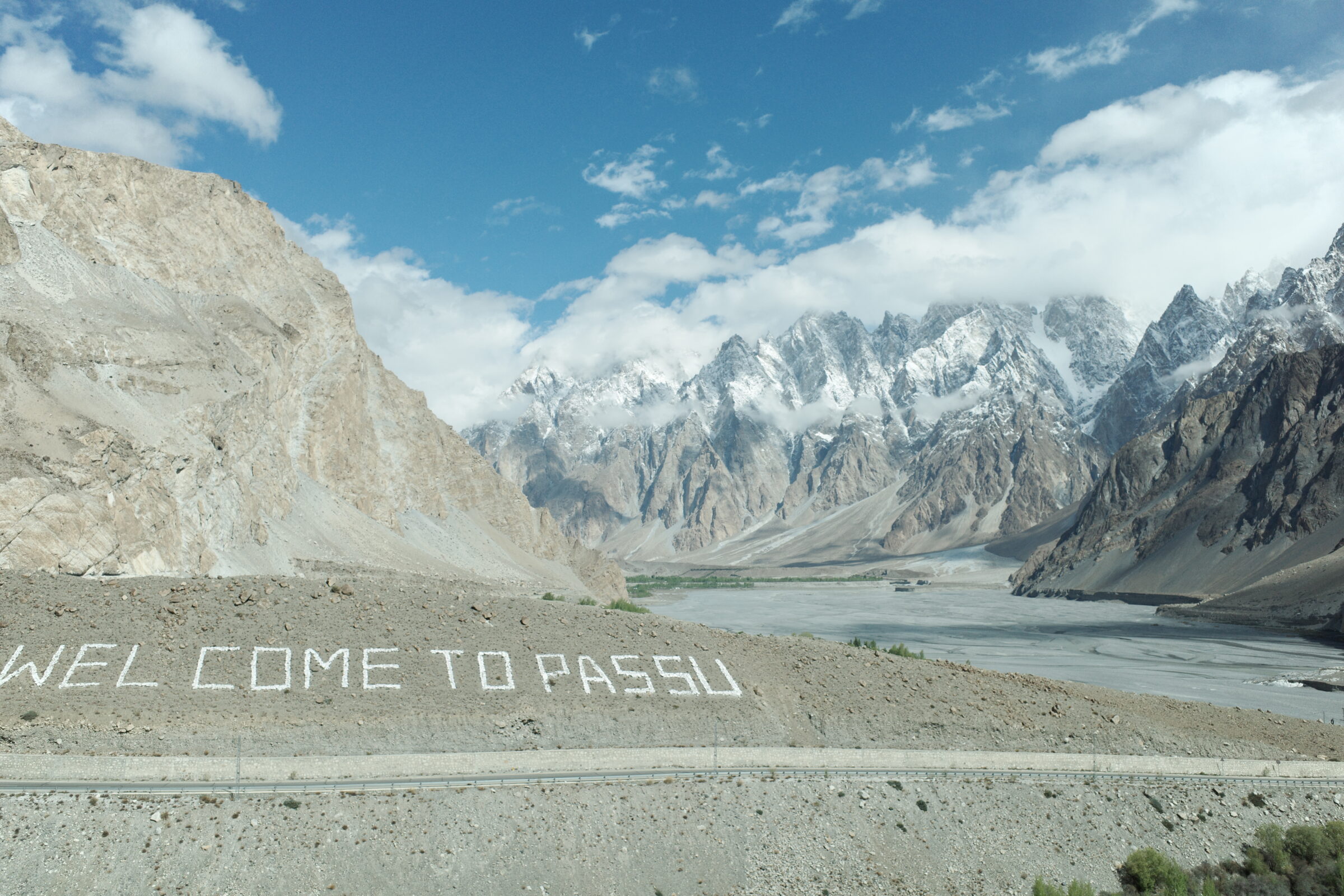
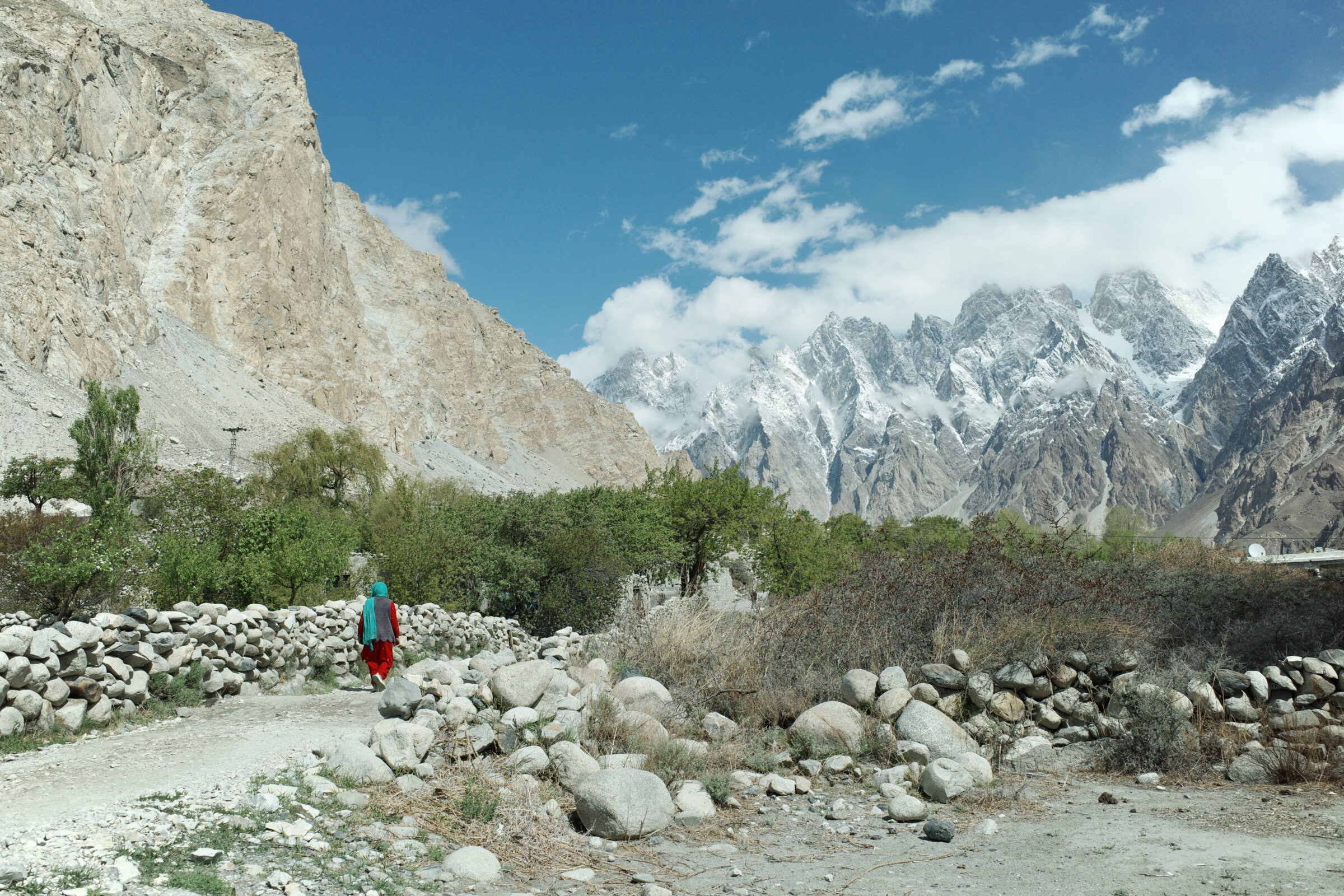
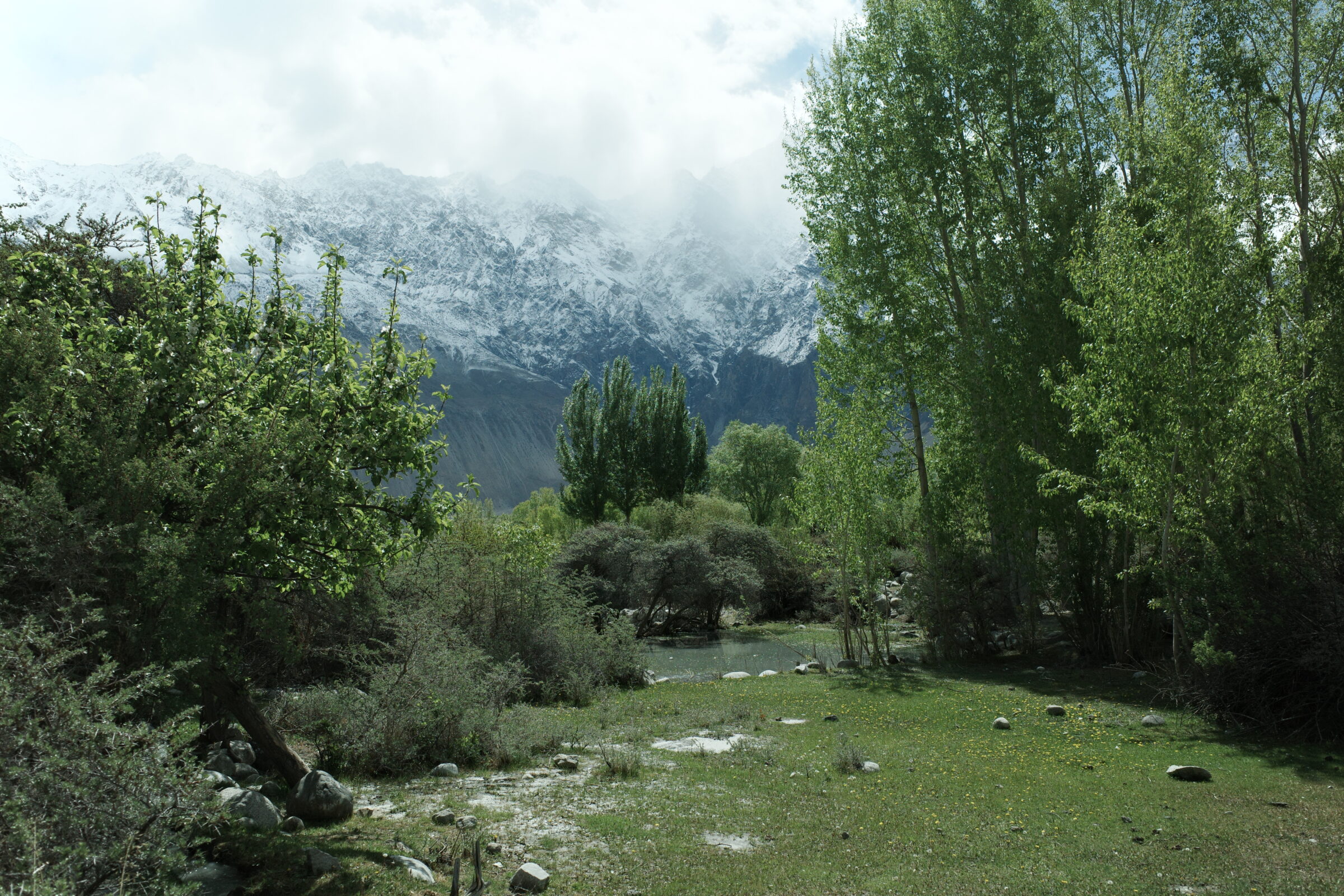
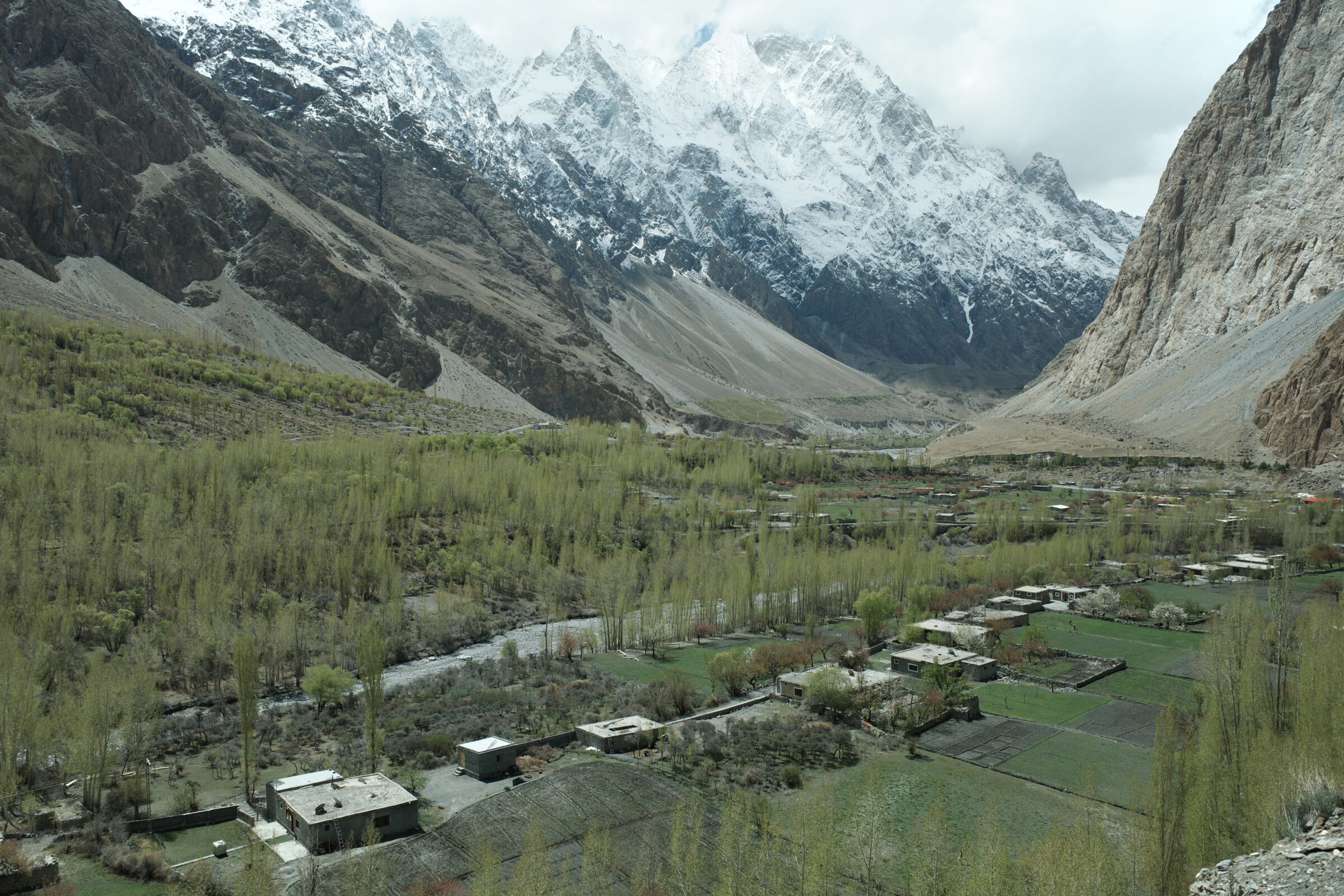
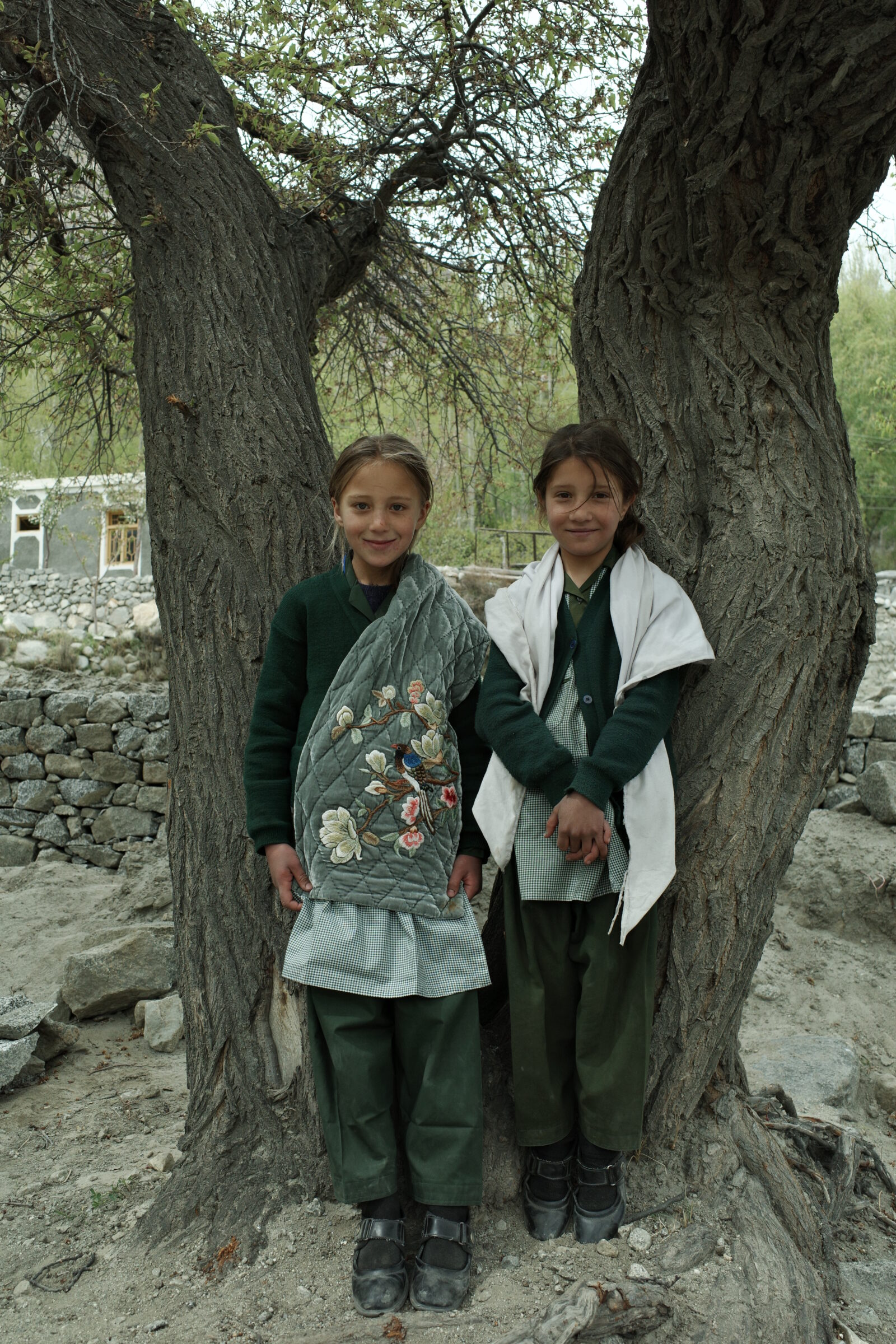
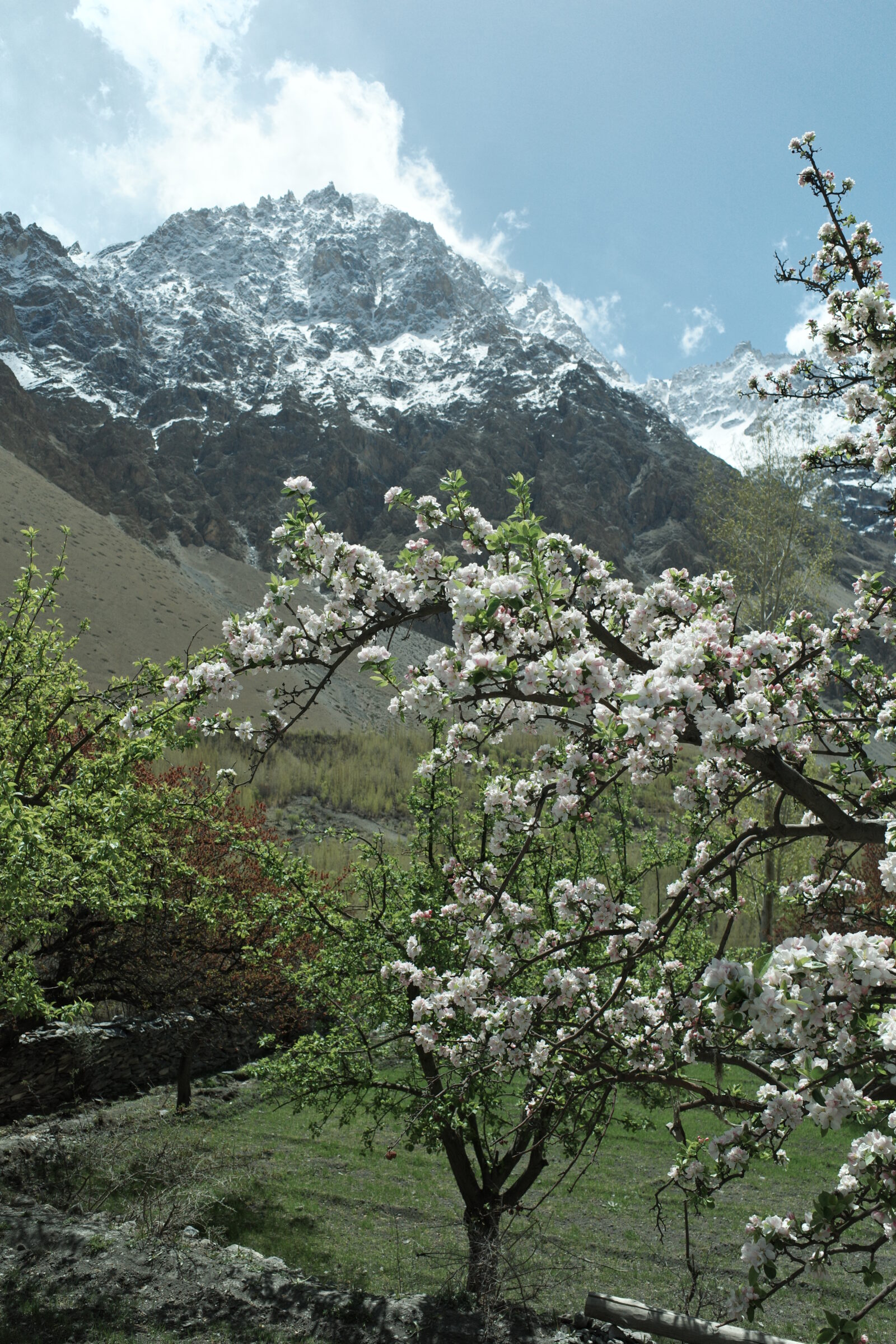

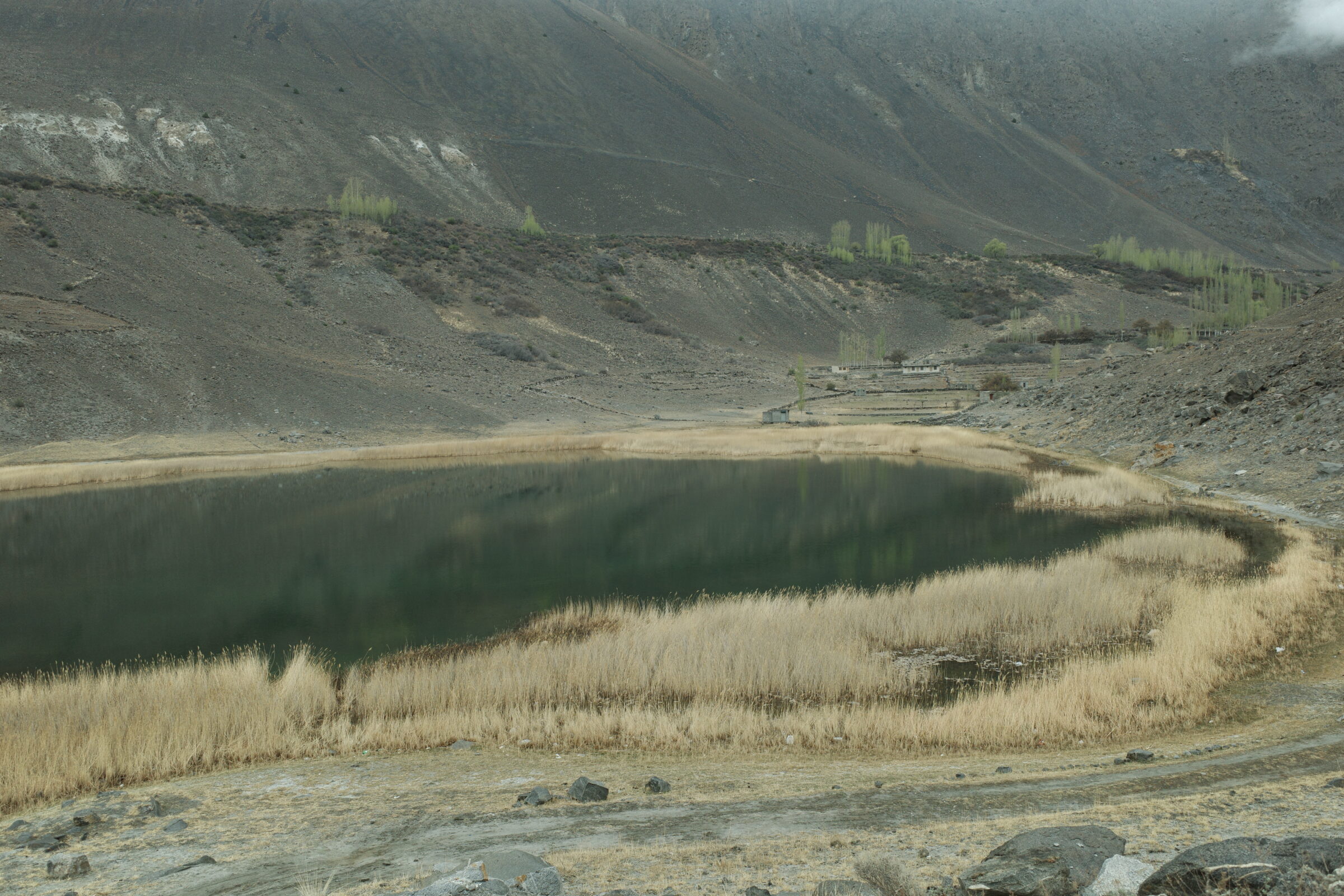
The Meetings at Ghulkin
Peer led me back to Ghulkin, his home village, which is notably surrounded by glaciers. Ghulkin held an instrumental role in the historical development of Hunza, where people are highly educated and the authorities here care deeply for the people and nature. Our lunch consisted of goat curry, mashed potatoes alongside white rice and naan made by Peer’s mother. The hospitality of the residents here frankly leave me speechless emotionally.
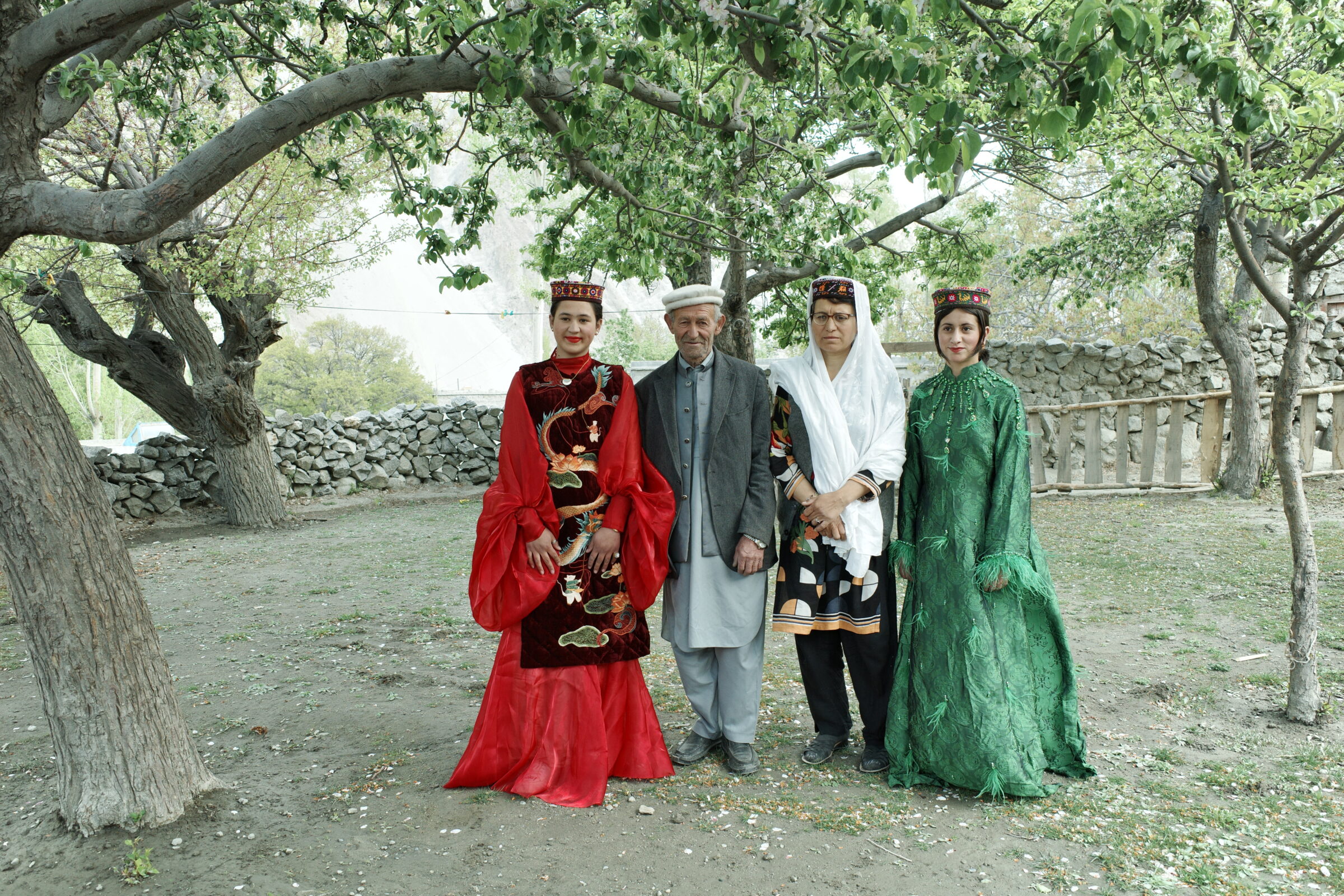
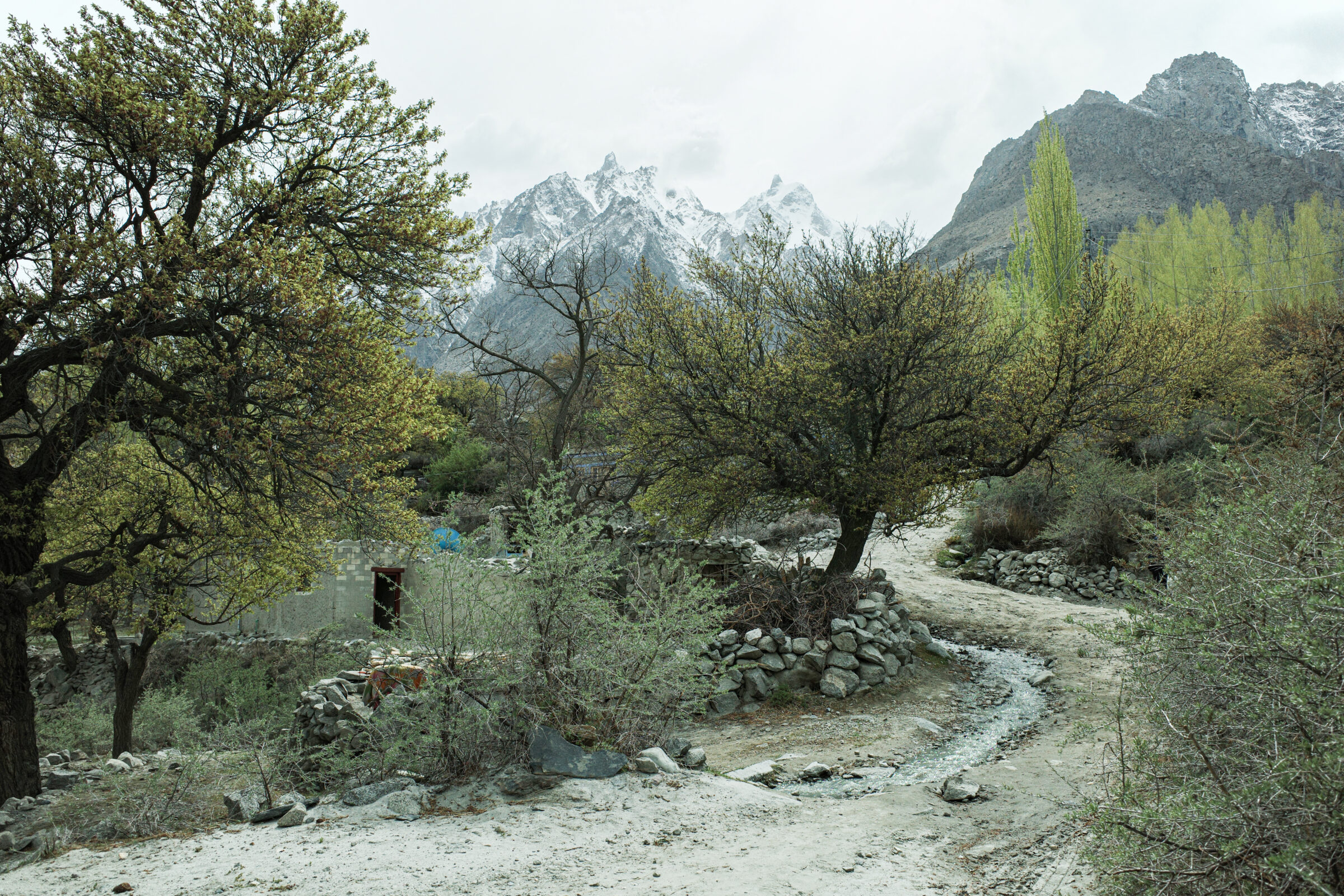
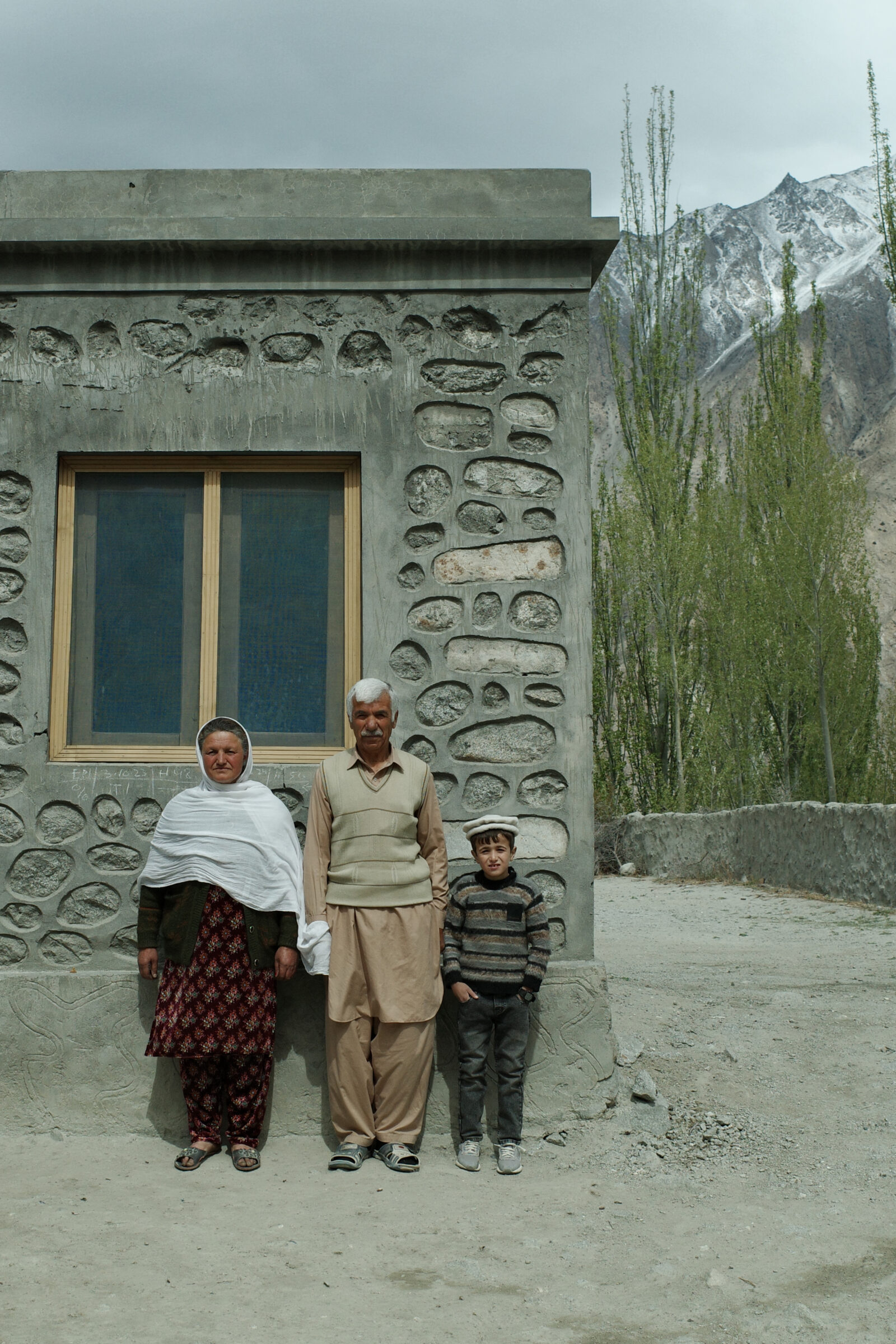
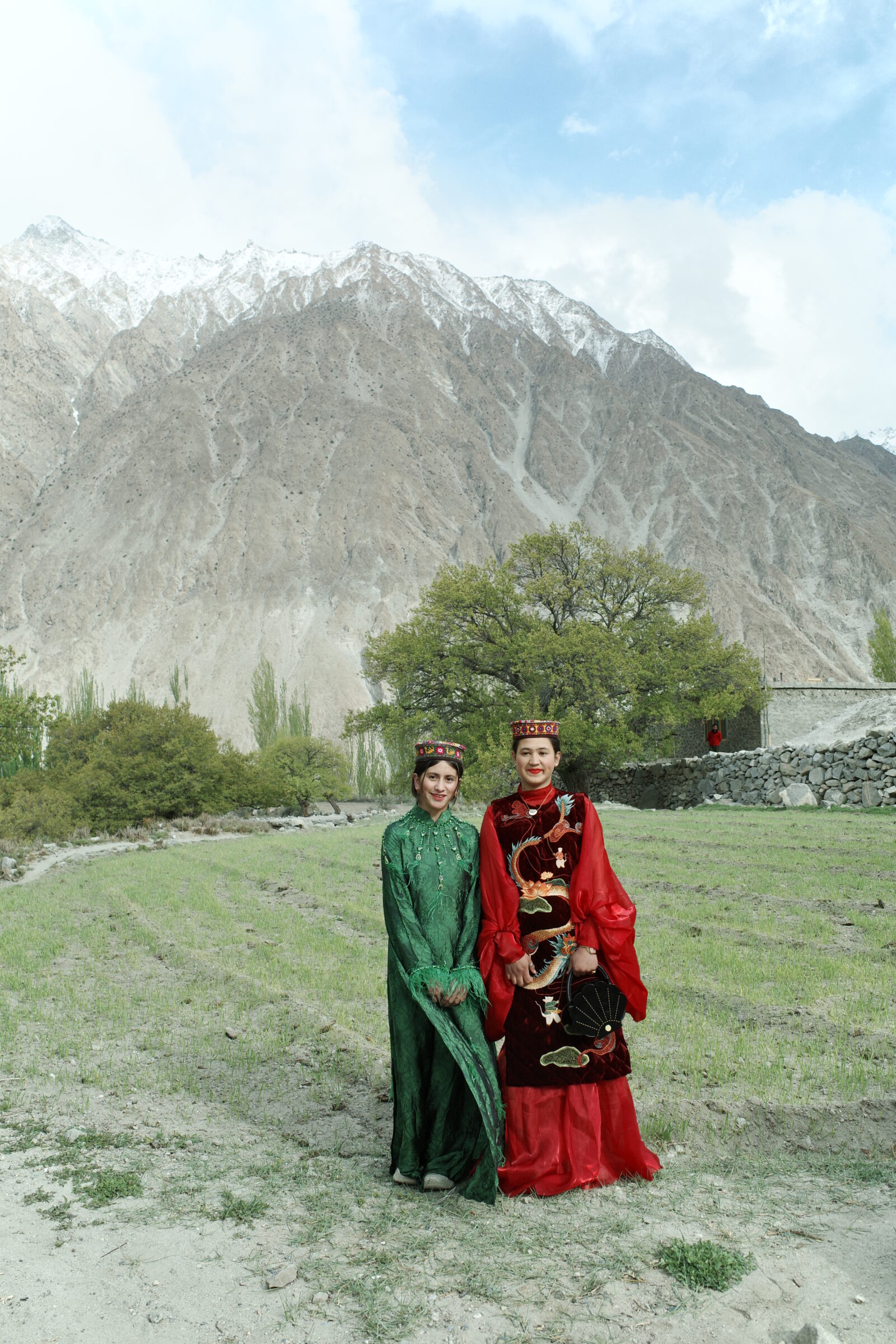
In Ghulkin, I was given the opportunity to meet Mr. Rehmat Ullah Baig, the last Ghizek player of Hunza, which is a traditional musical instrument similar to the violin. To enjoy the enchanting sound of the Ghizek that he himself made is, in my opinion, a very rare experience. My most memorable experience during this trip has got to be when we took the souvenir photo of Mr. Rehmat Ullah Baig’s family with the cultural products that I brought from Vietnam, which consist of the Dragon Stool of Bát Tràng Museum Atelier, the Áo Dài by LeapArt, and handbag and jewelleries of Hanoia. In my humble opinion, this was a fascinating cultural exchange.

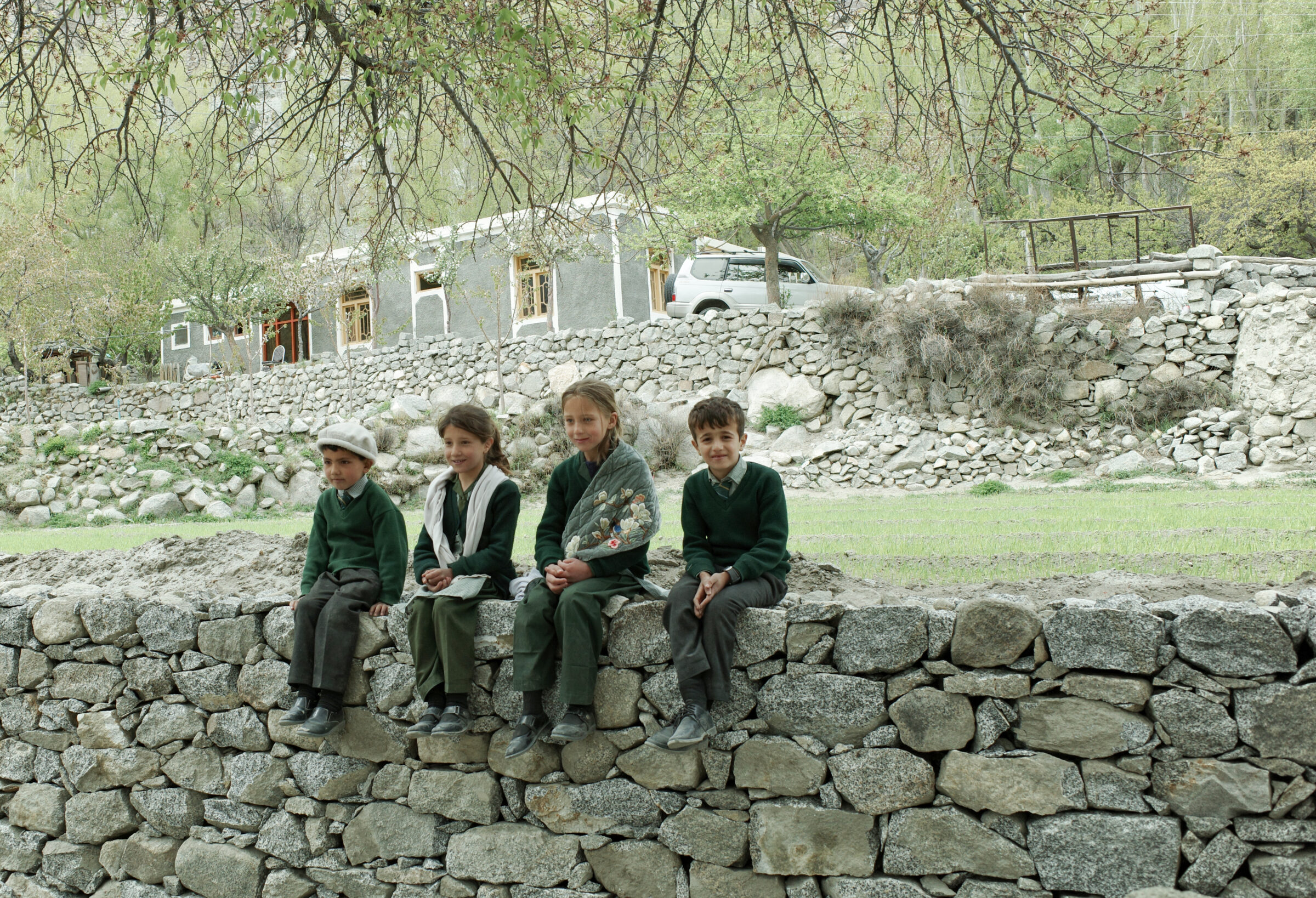
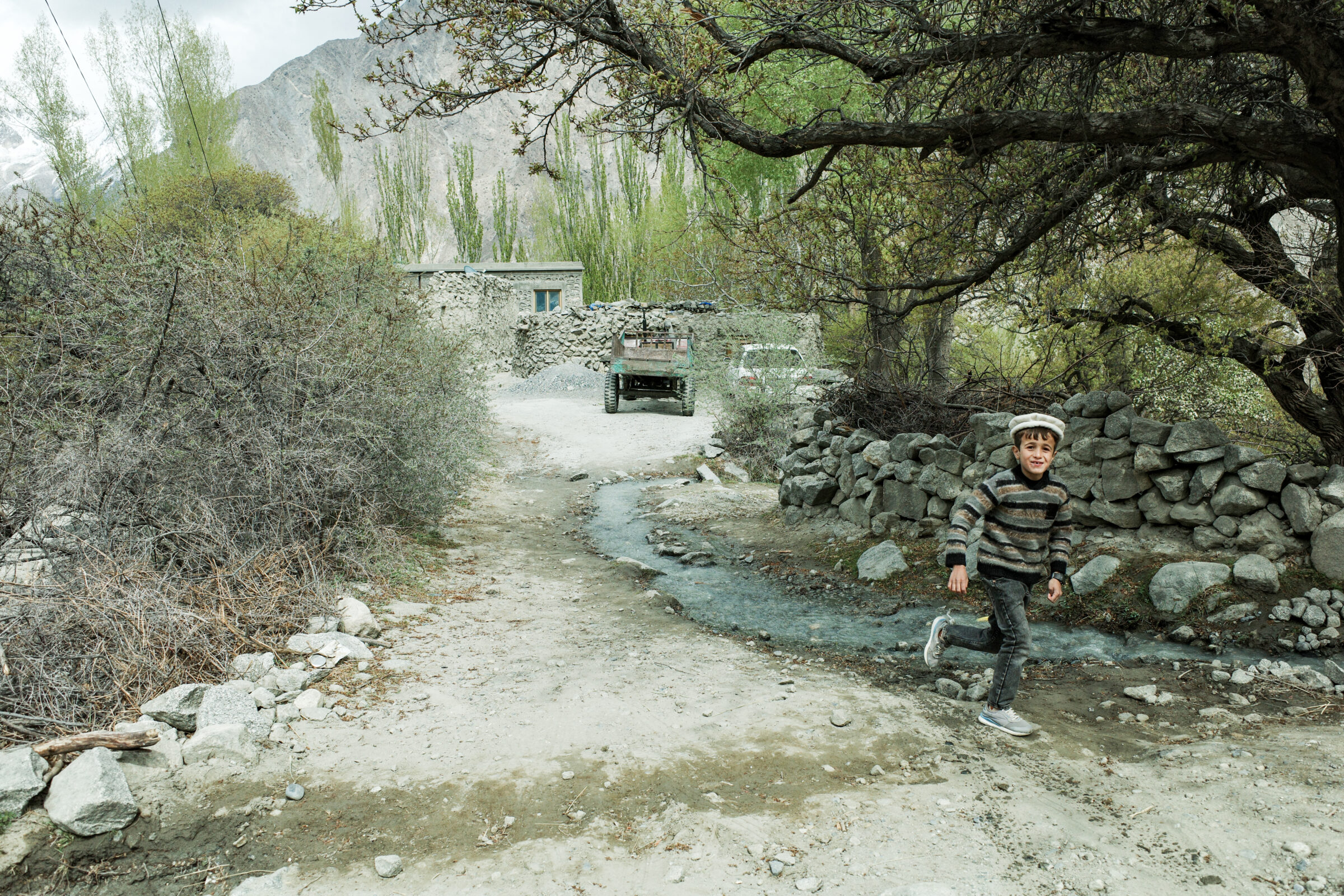
In my days in Hunza, I got to rest my mind and unwind as I enjoyed the slow-paced life of the people here. Having spent ten days away from my phone and the Internet, and truly seeing the world as it is, I finally understand why one would wish so dearly for a chance to revisit Pakistan, and surely, I believe, there will also be people who, as I did, would overcome their personal prejudices alongside all of the challenges ahead in order to gain a new valuable experience here in this country. Throughout this journey, although I feel like nothing more than a spec before this land’s overwhelmingly majestic wilderness, the breathtaking beauty captured in my senses will surely never fade.

